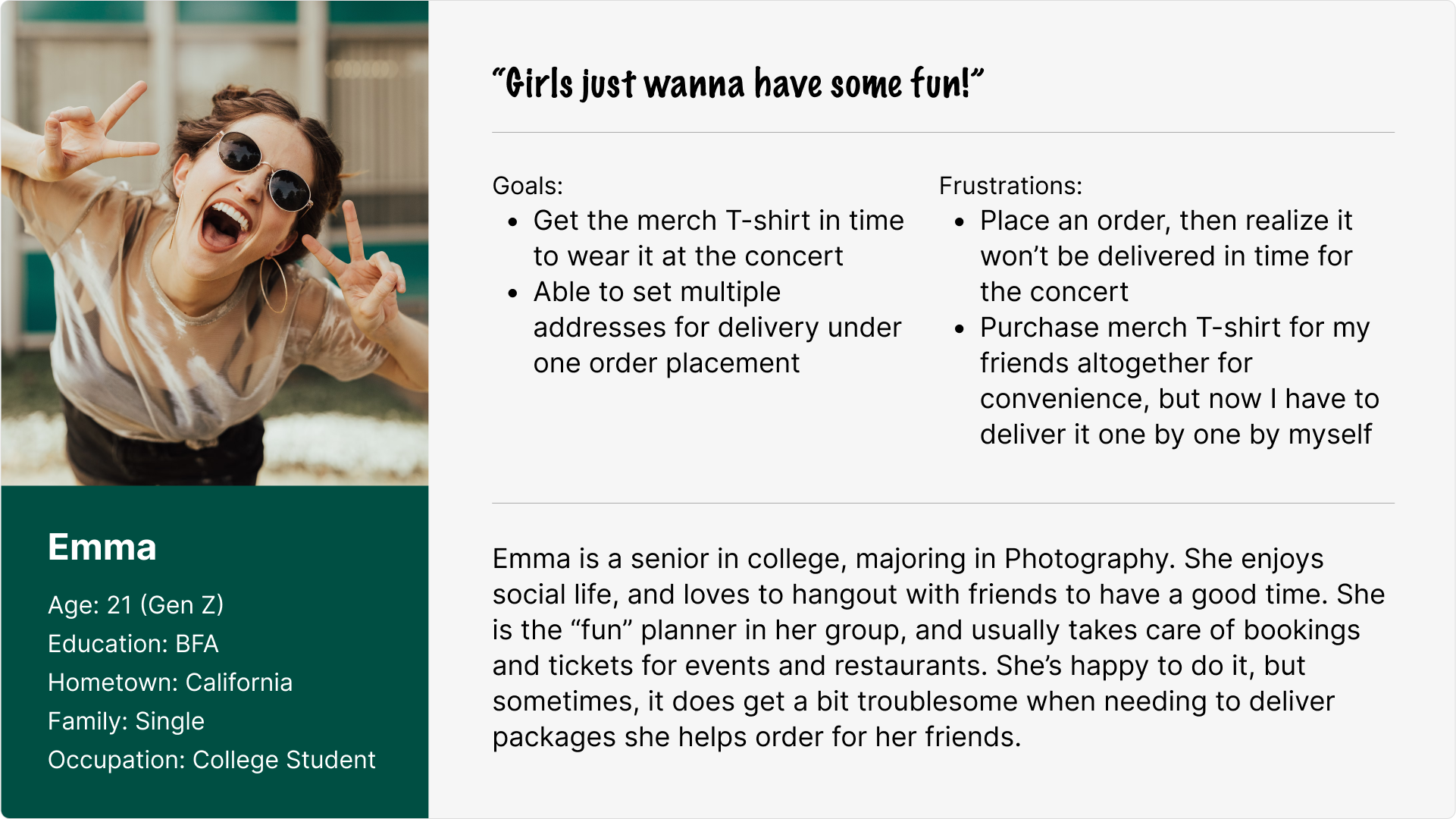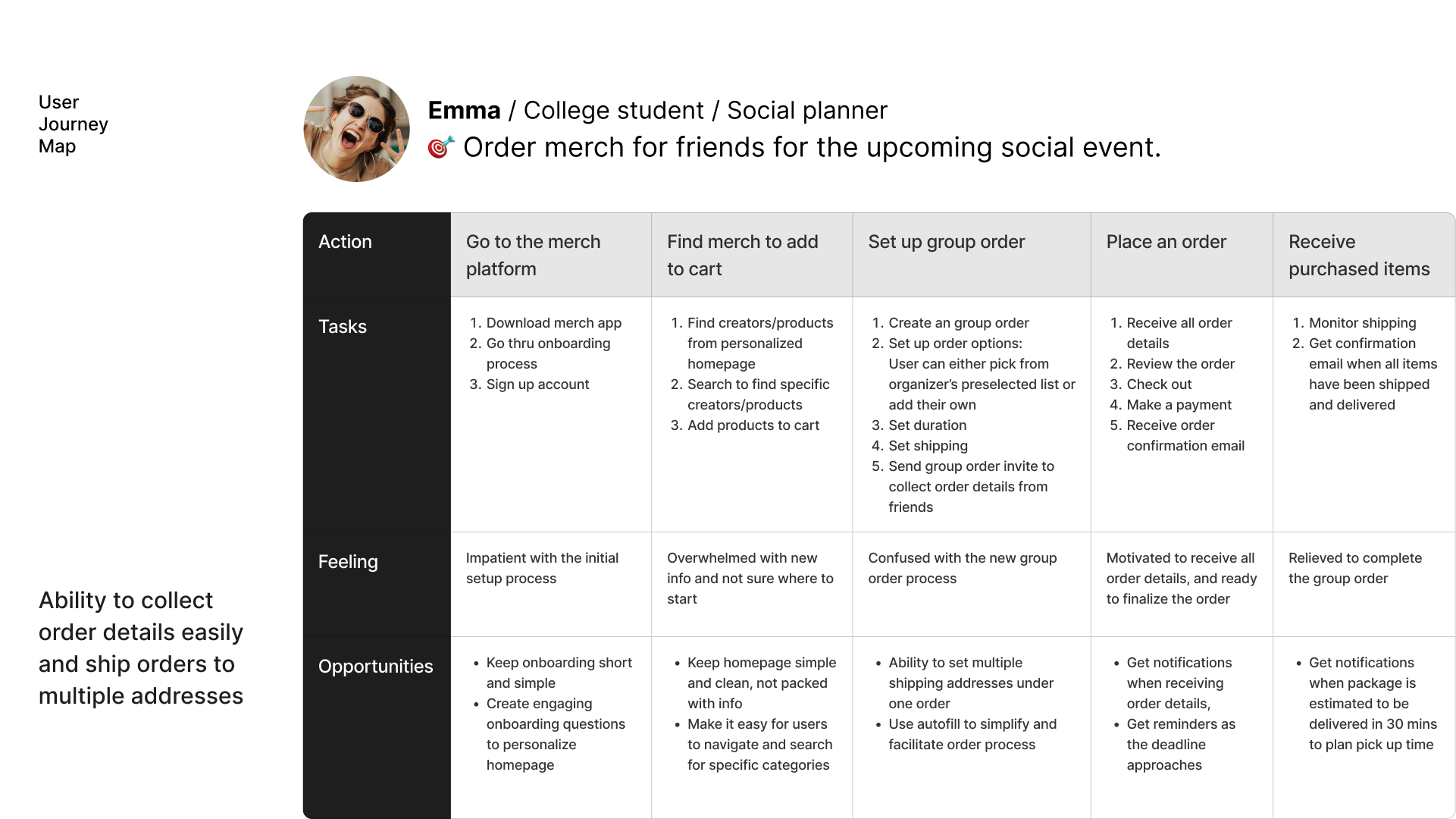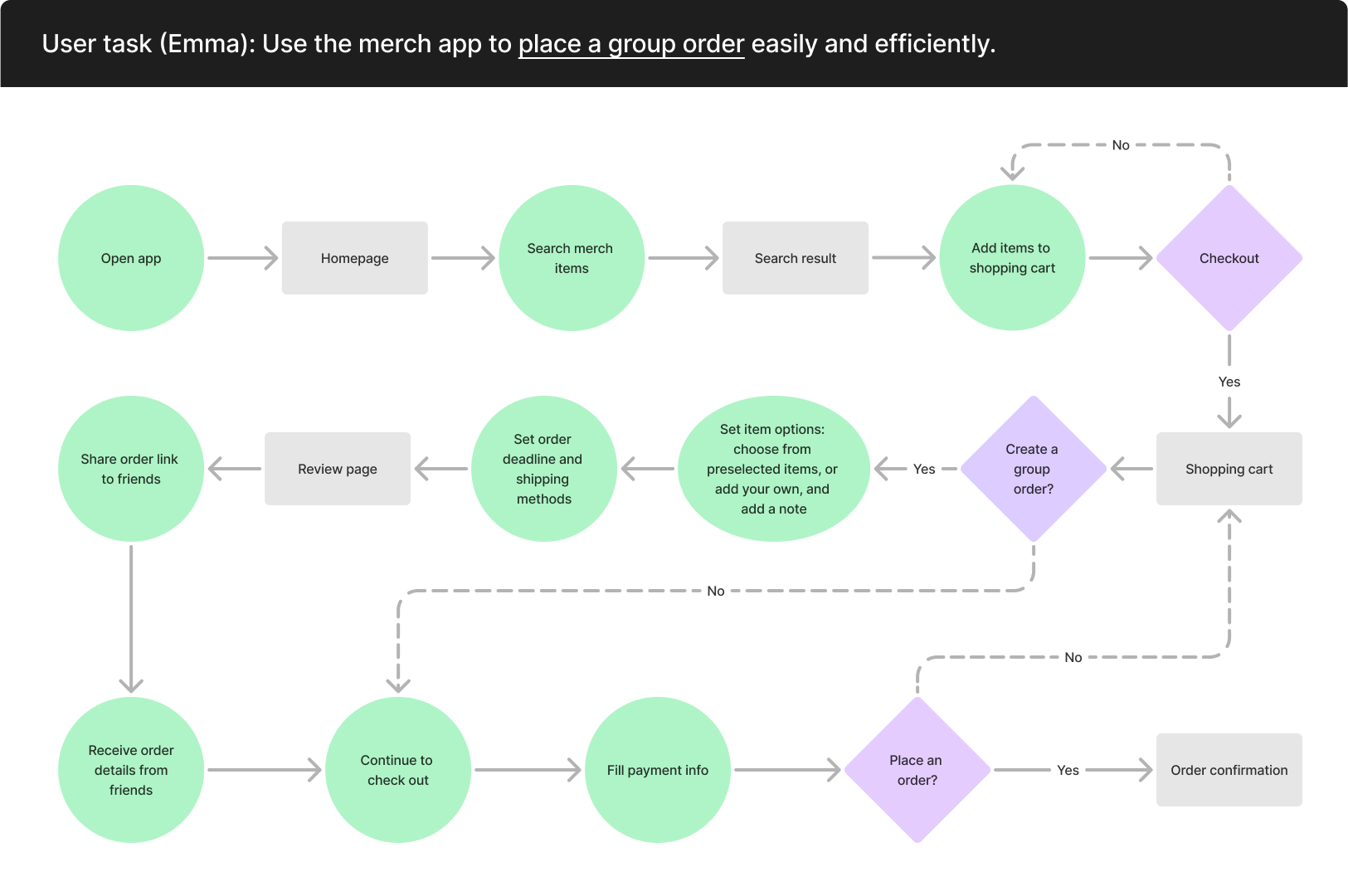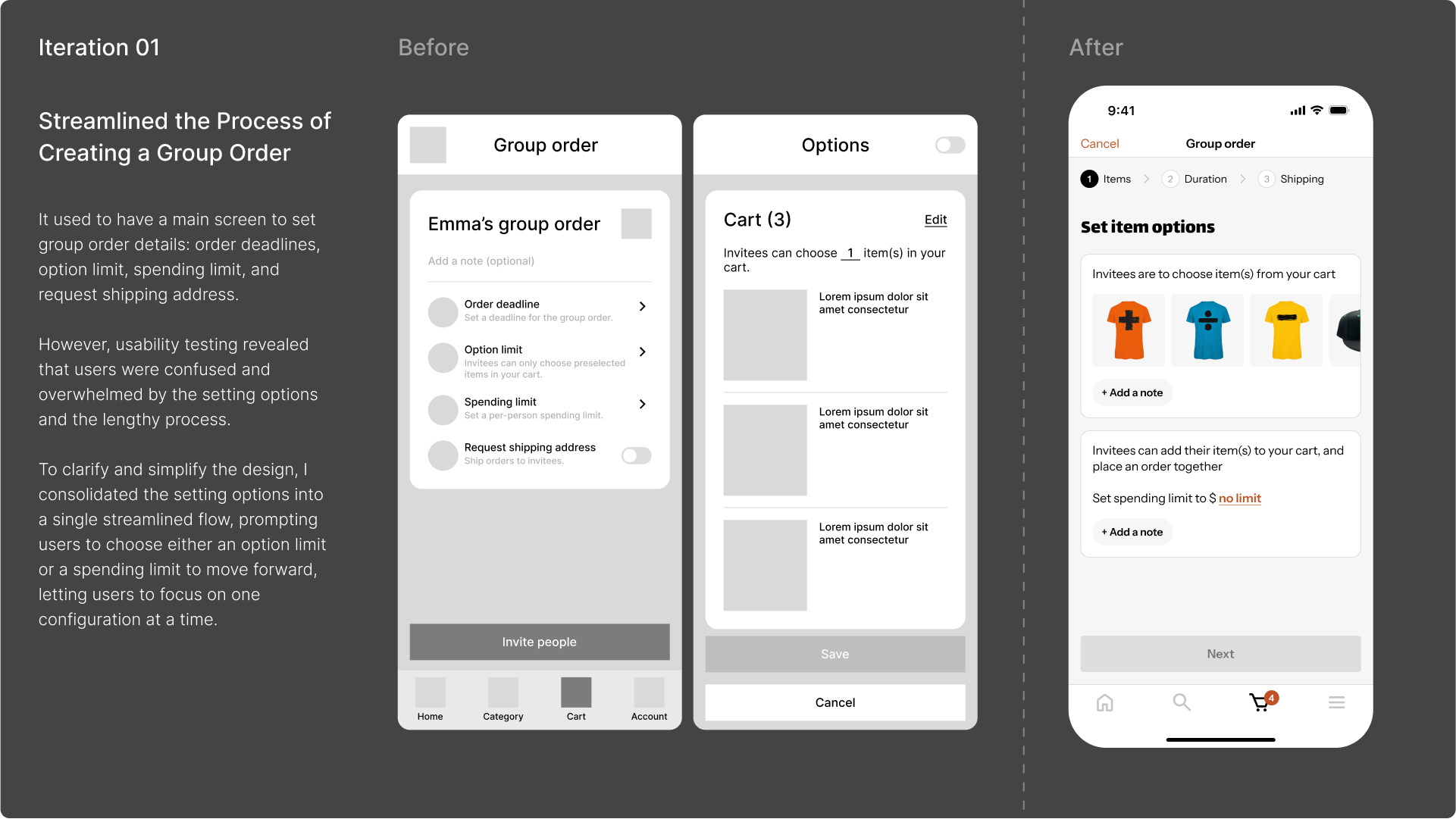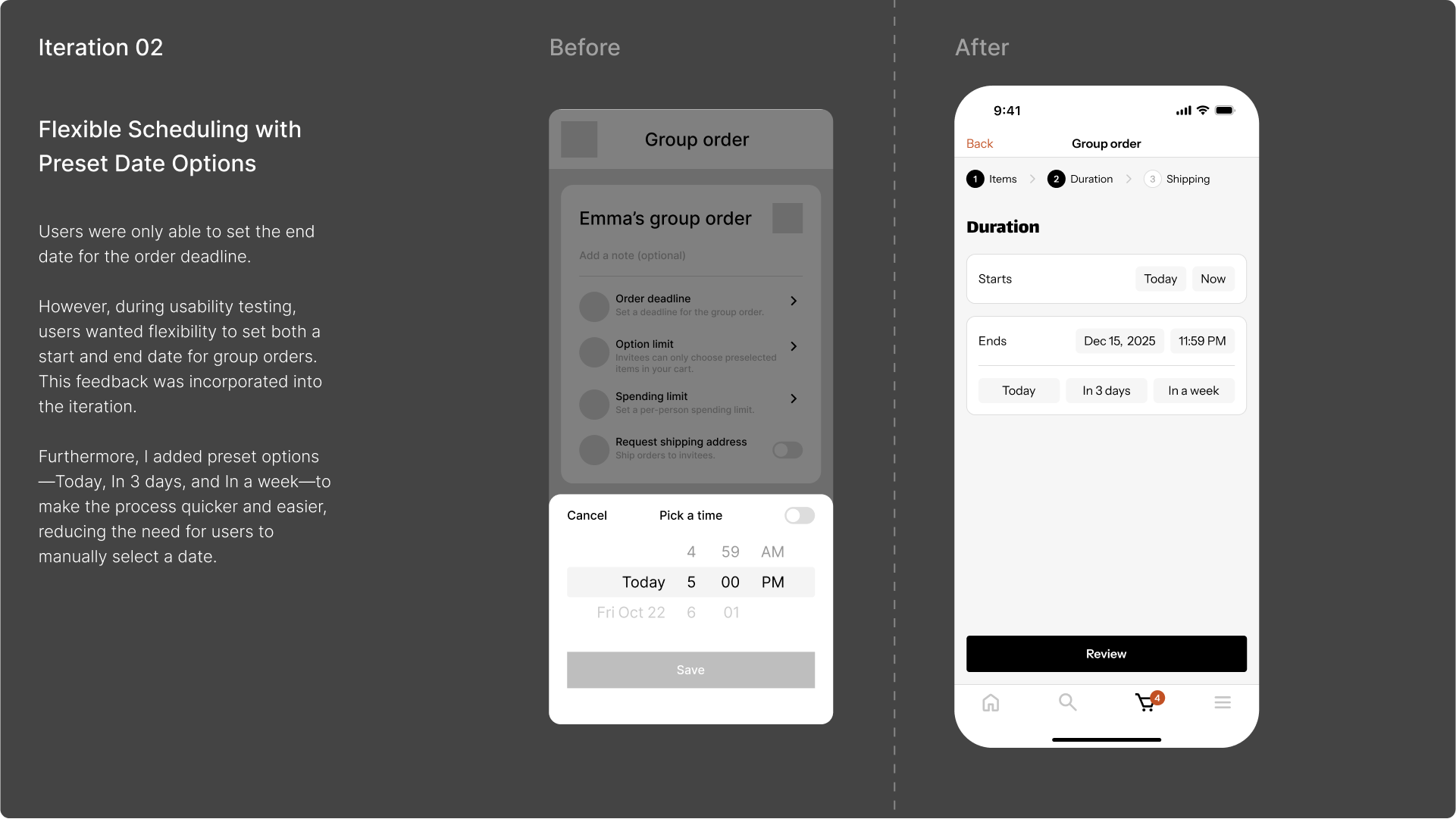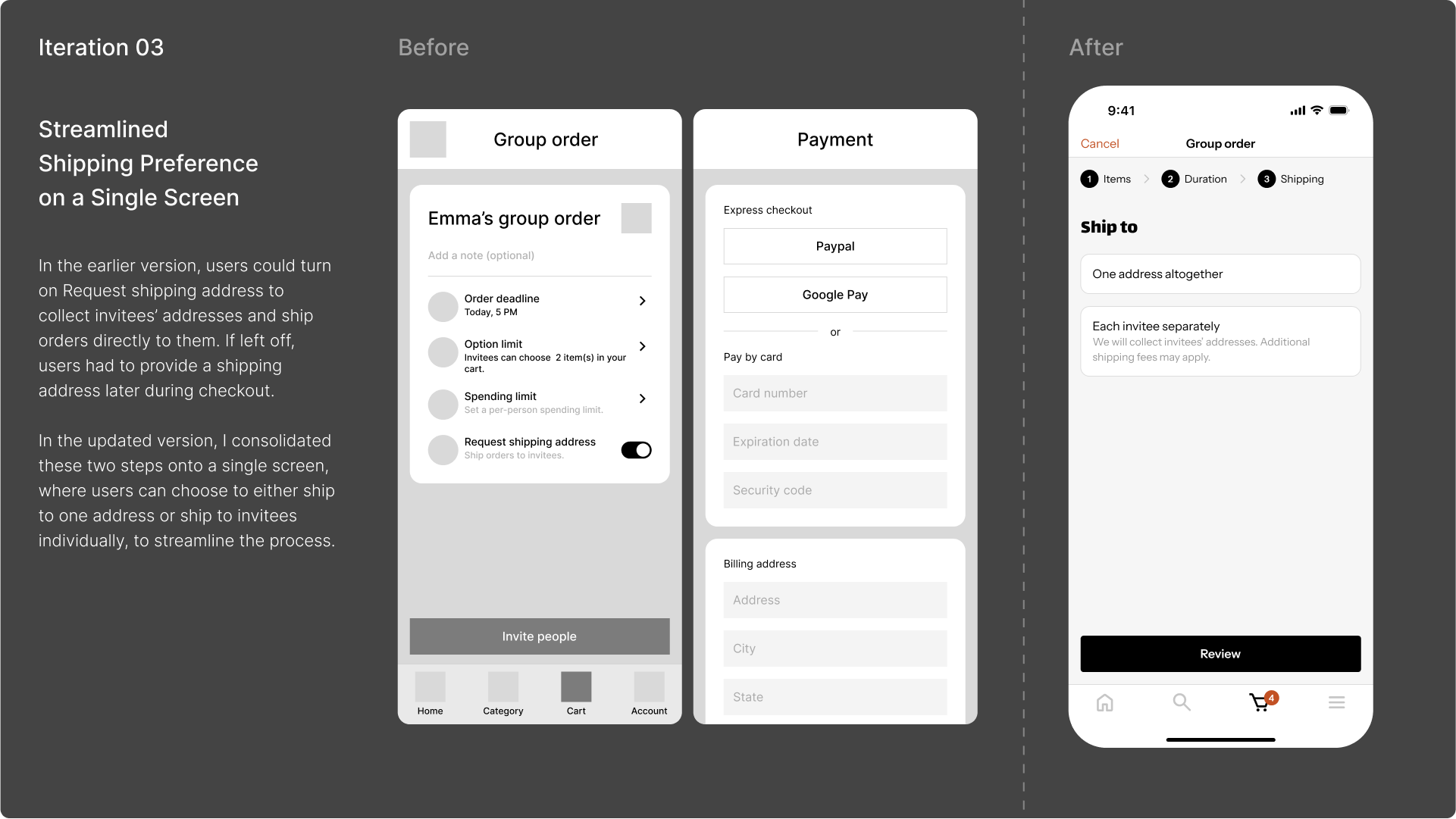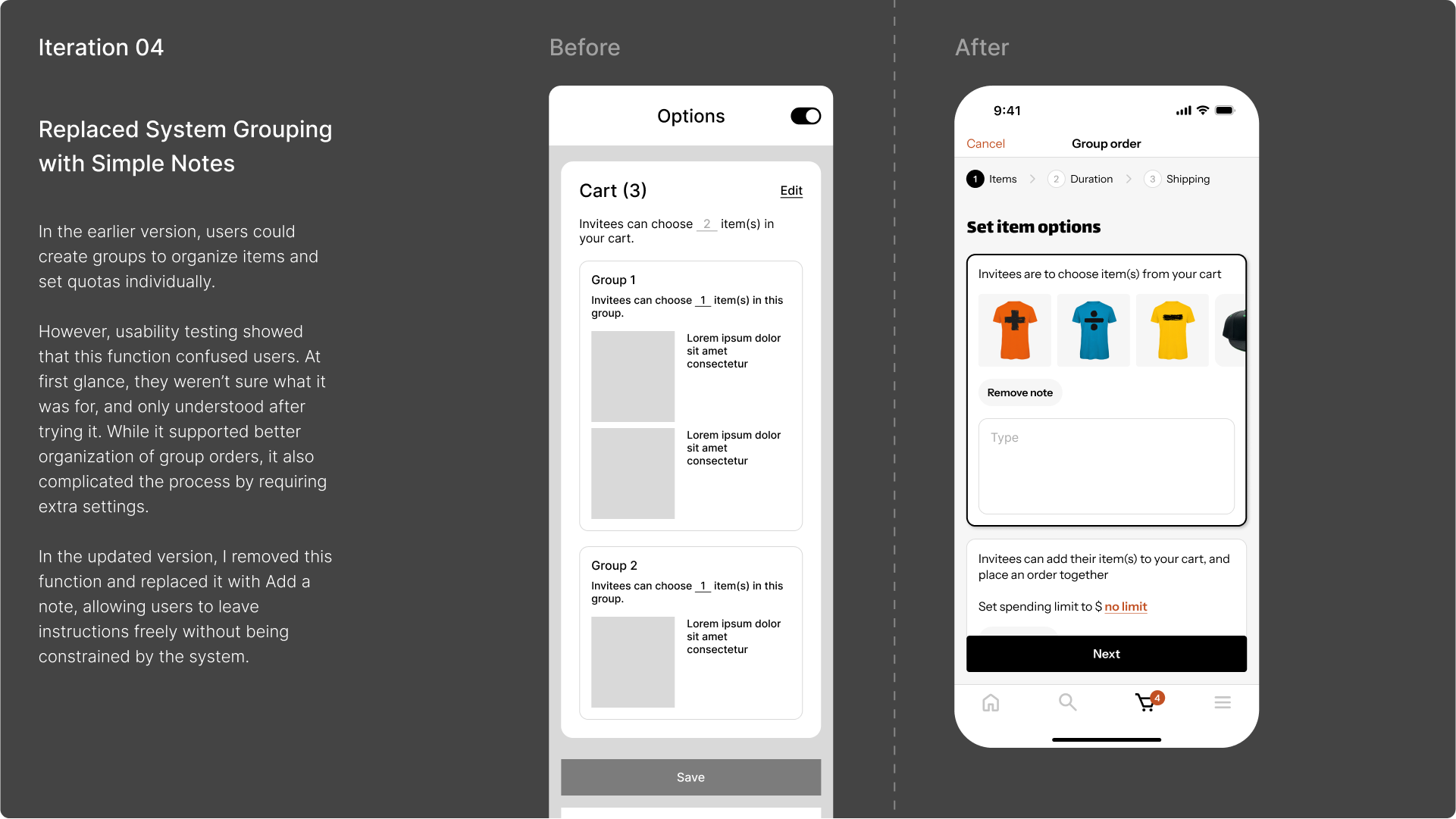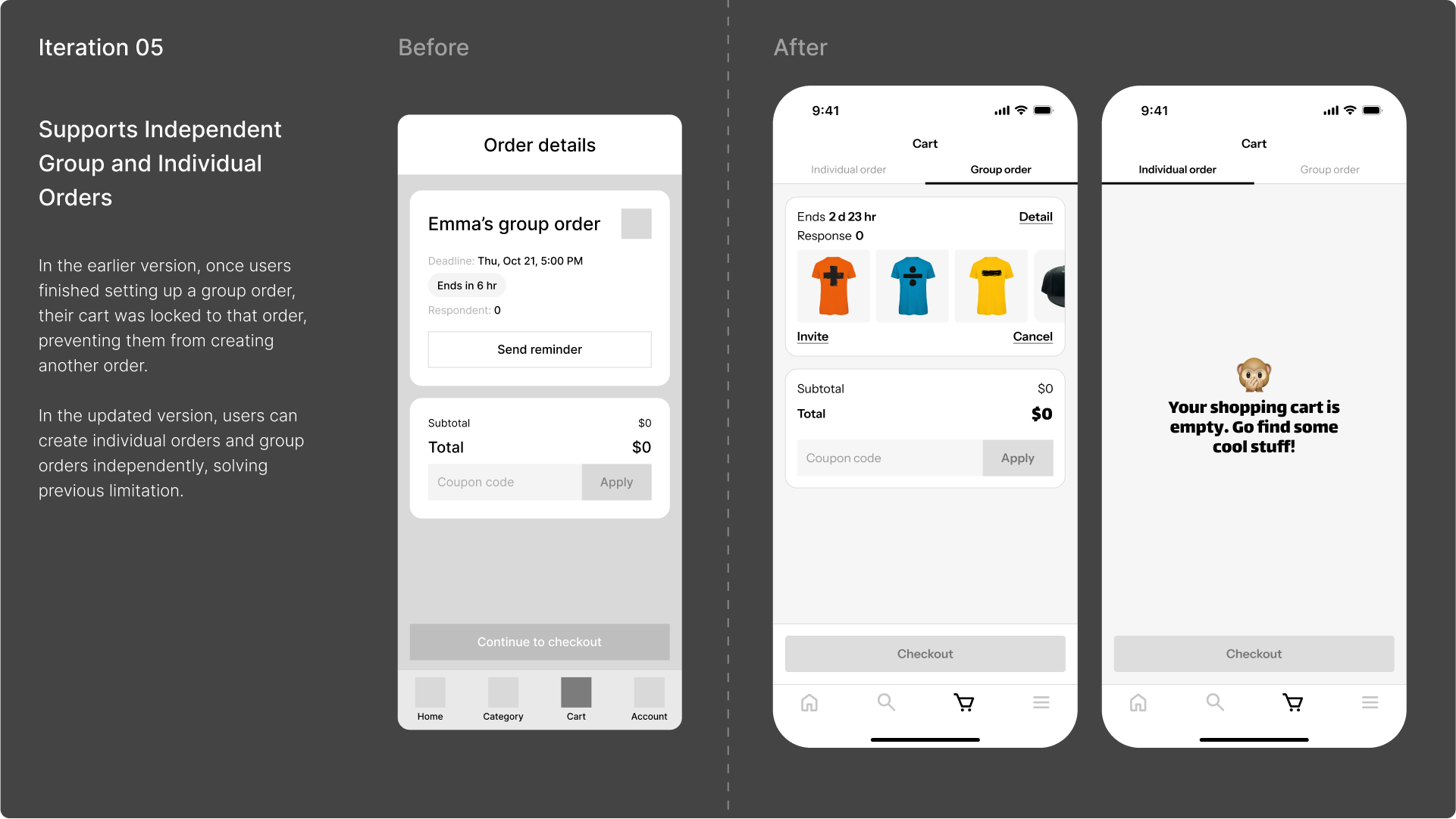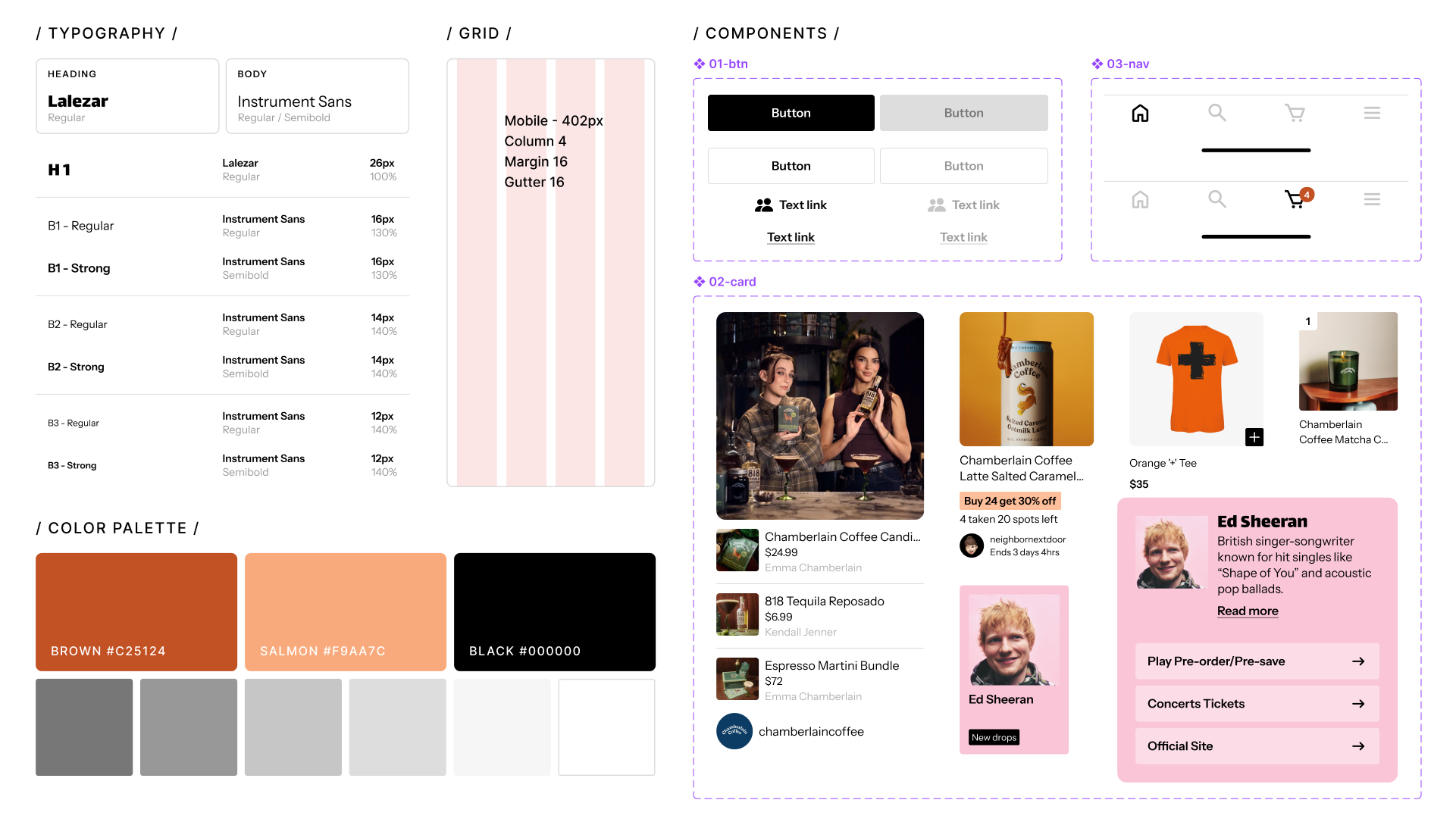
/ Prompt
Optimize the online shopping experience of creating group orders in the rapidly expanding creator- and influencer-driven marketplace.
/ Problem
Group orders are often preferred for their convenience as they eliminate the need for everyone to create separate accounts and go through the purchasing process individually. They have an organizer to oversee and streamline purchases. Also, they simplify fiscal management when using a company card or shared group fund.
However, this also comes with some inconveniences. For example, the organizer usually has to collect everyone’s specific needs like size, color, and quantity, which takes time and can lead to mistakes. On top of that, organizers often need to store or distribute purchased items themselves, which can be a lot of extra work.
Meanwhile, in today’s creator- and influencer-driven market, launching personal brands and merchandise has become very common. Yet, all this information is scattered across different social platforms, and there isn’t a simple place for fans to discover and buy.
/ Solution
Help organizers of group orders:
(1) Easily collect everyone’s order details
(2) Allow flexible shipping options
/ Design Methods
& Process

/ Persona & User Story
Persona represents a user group, built to empathize with the target audience. It helps understand users’ needs and challenges.
Emma is a college student. She’s the social planner in her group, usually handling bookings and group orders. She’s happy to do it, but sometimes, it can get troublesome to collect order details from everyone and take care of distributing the purchased items.
As a college student who enjoys social life and planning fun events, I want to collect order details easily and ship orders directly to my friends at different addresses so that I can sit back and relax and just enjoy the anticipation of the upcoming event.
/ Storyboard
Storyboard is a visual narrative to help empathize with the user’s experience, motivations, and pain points, capturing the human side of a journey. It’s often used to simplify communication and align the team faster than long reports.
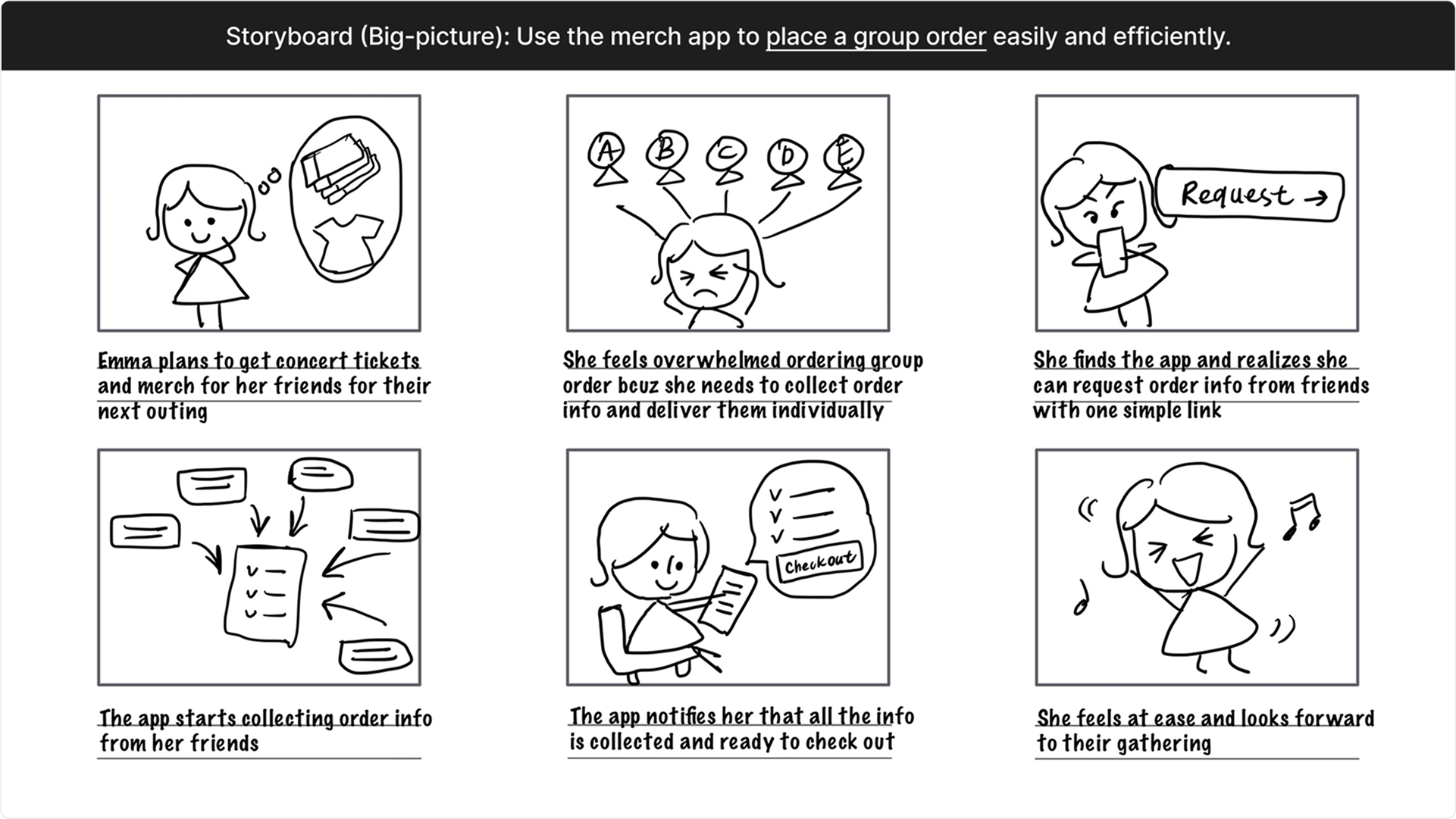
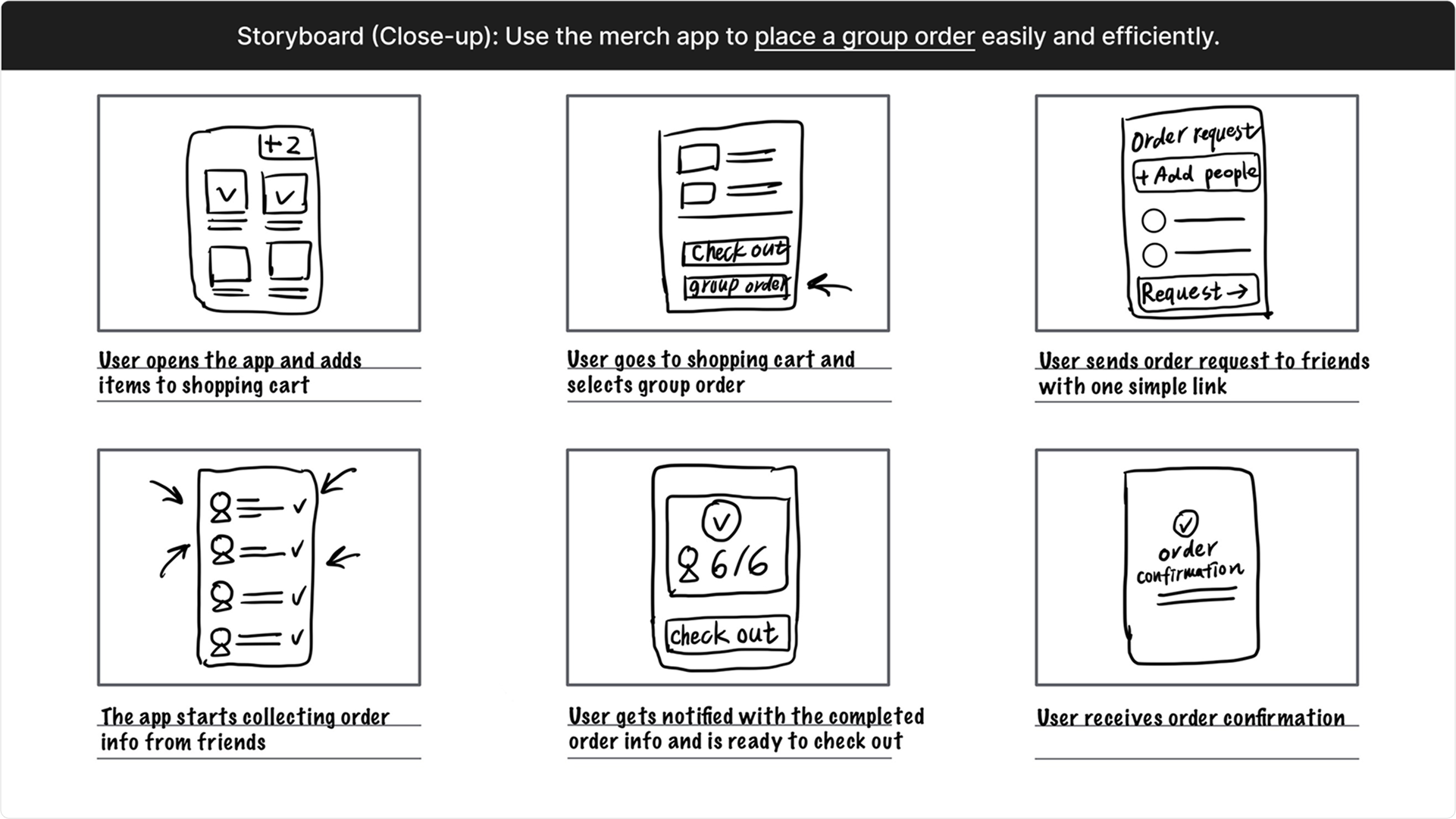
/ User Journey
User journey maps out the high-level actions and detailed tasks a user takes to complete a goal, helping systematically identify pain points and opportunities within each step.
We need a CTA on the shopping cart page that leads users to creating a group order, where they can set order options, deadlines, and shipping details.
/ Competitive Research
I did some research to see how people currently shop for merch and what tools they’d use when making group orders. Here are my findings:
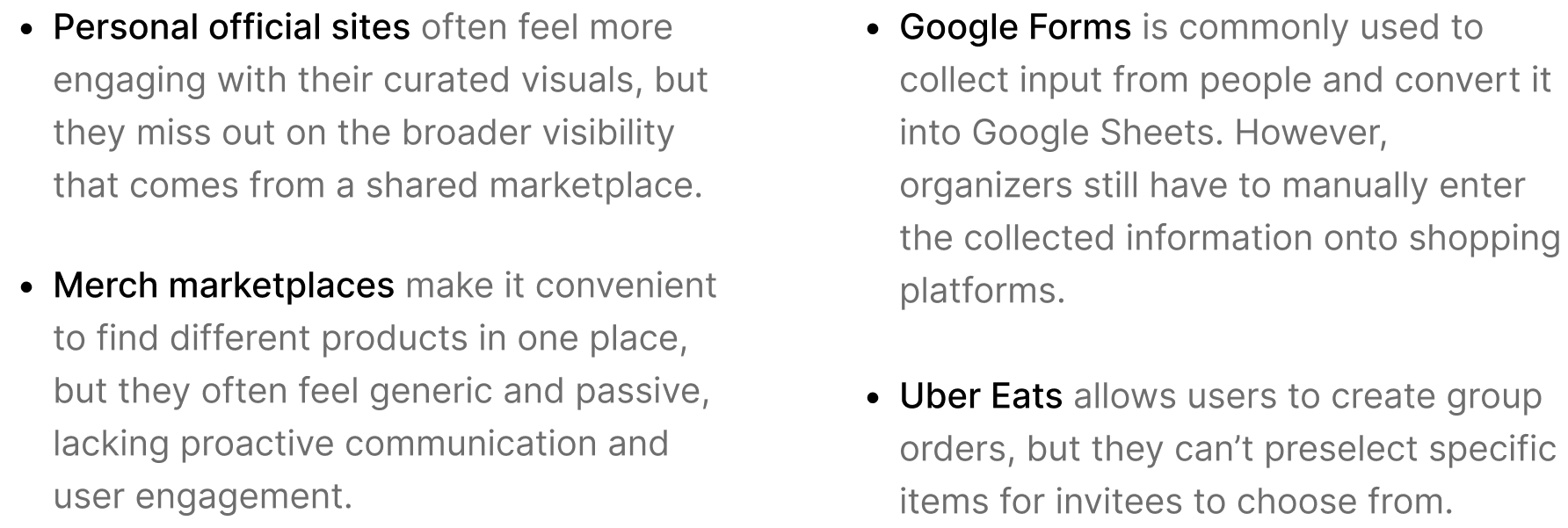
Most e-commerce platforms don’t support group orders. Even when they do, such as Uber Eats, the experience is limited. Users can’t preselect items to narrow choices, making the process messy and inefficient. By enabling item preselection and seamless order collection within the platform, we can transform group ordering into a faster, more streamlined experience.
/ Lo-fi Wireframes
Took the user flow to further flesh out the wireframes, focusing on information hierarchy and grouping to lay out the content and relationships for each screen.

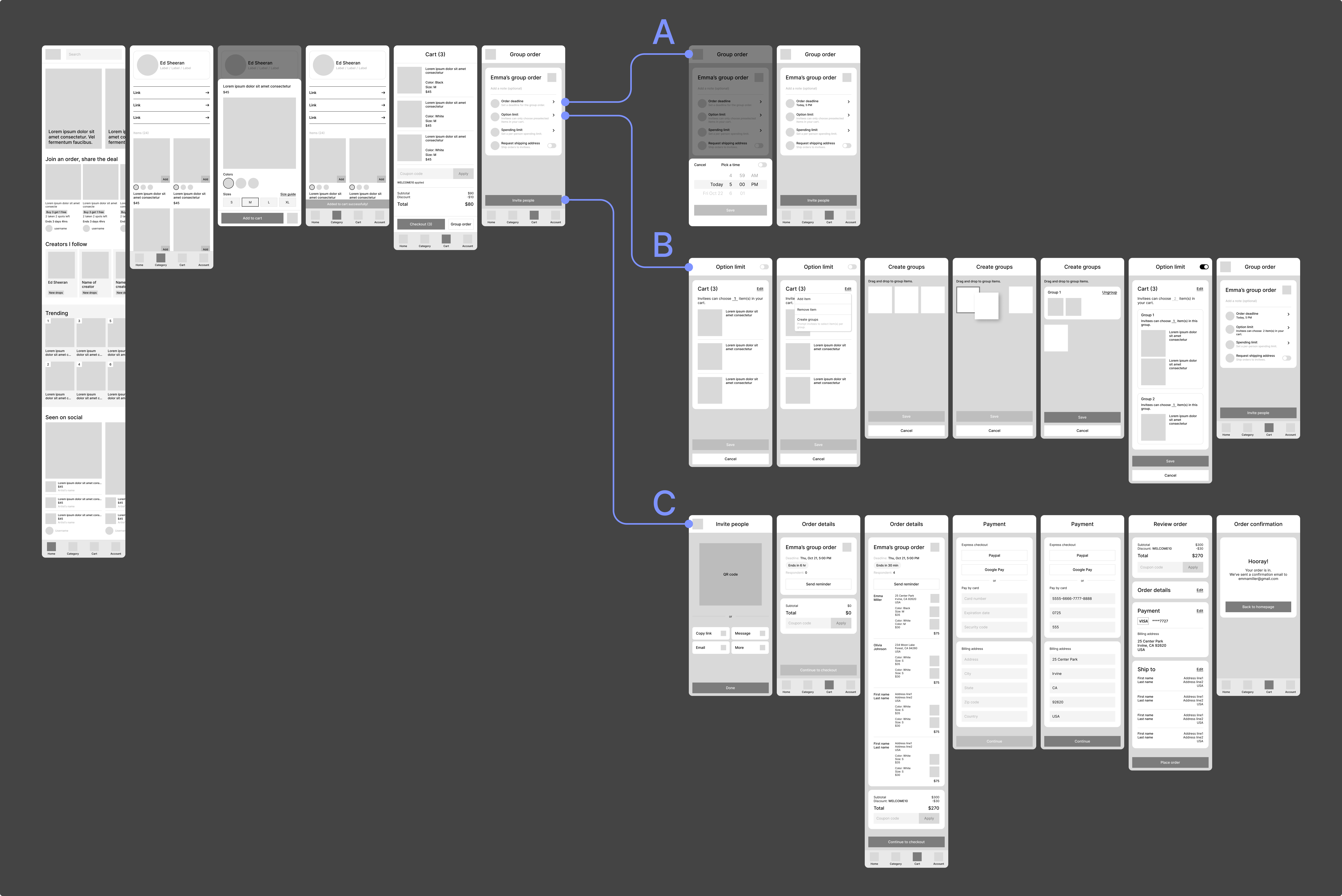
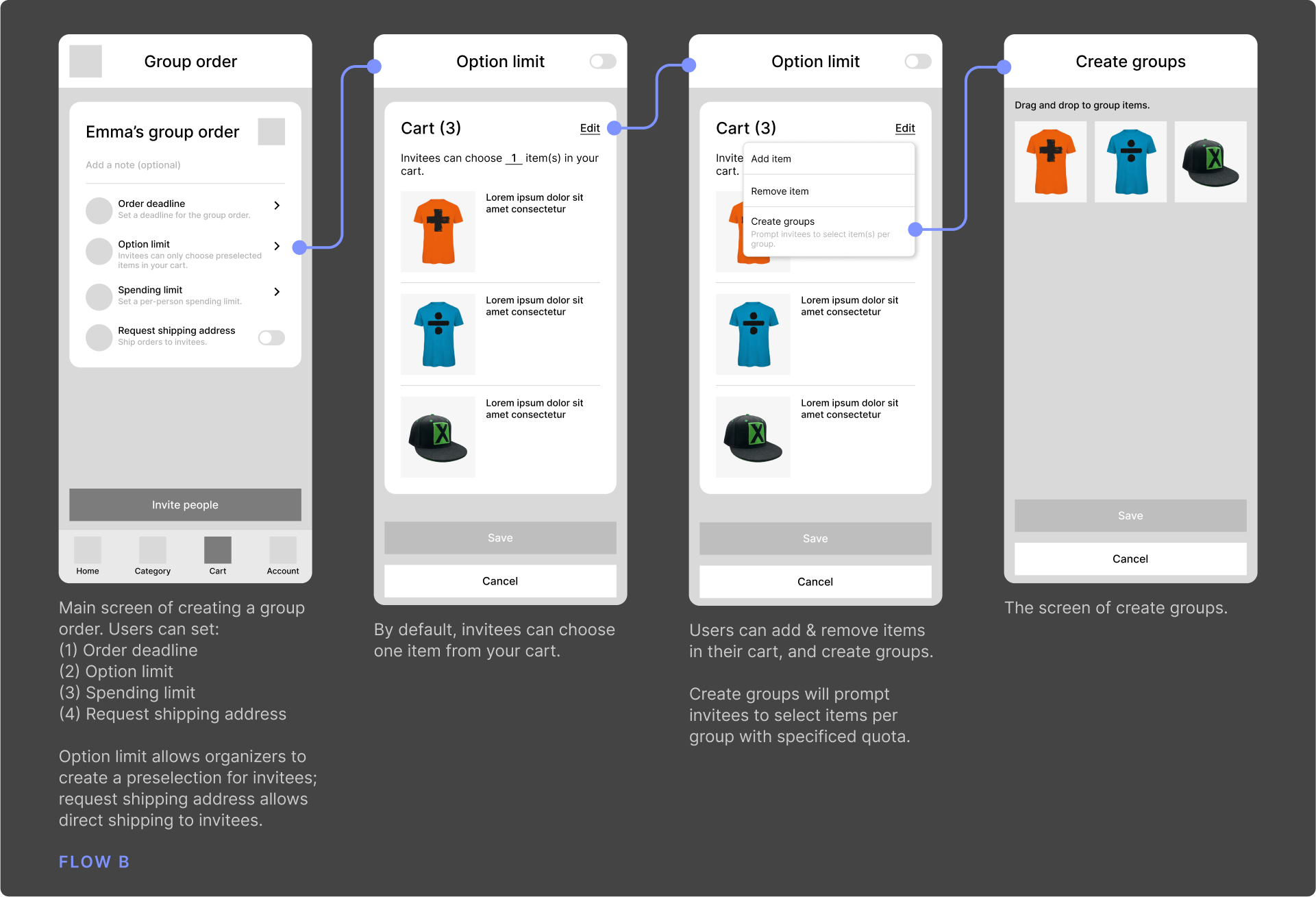
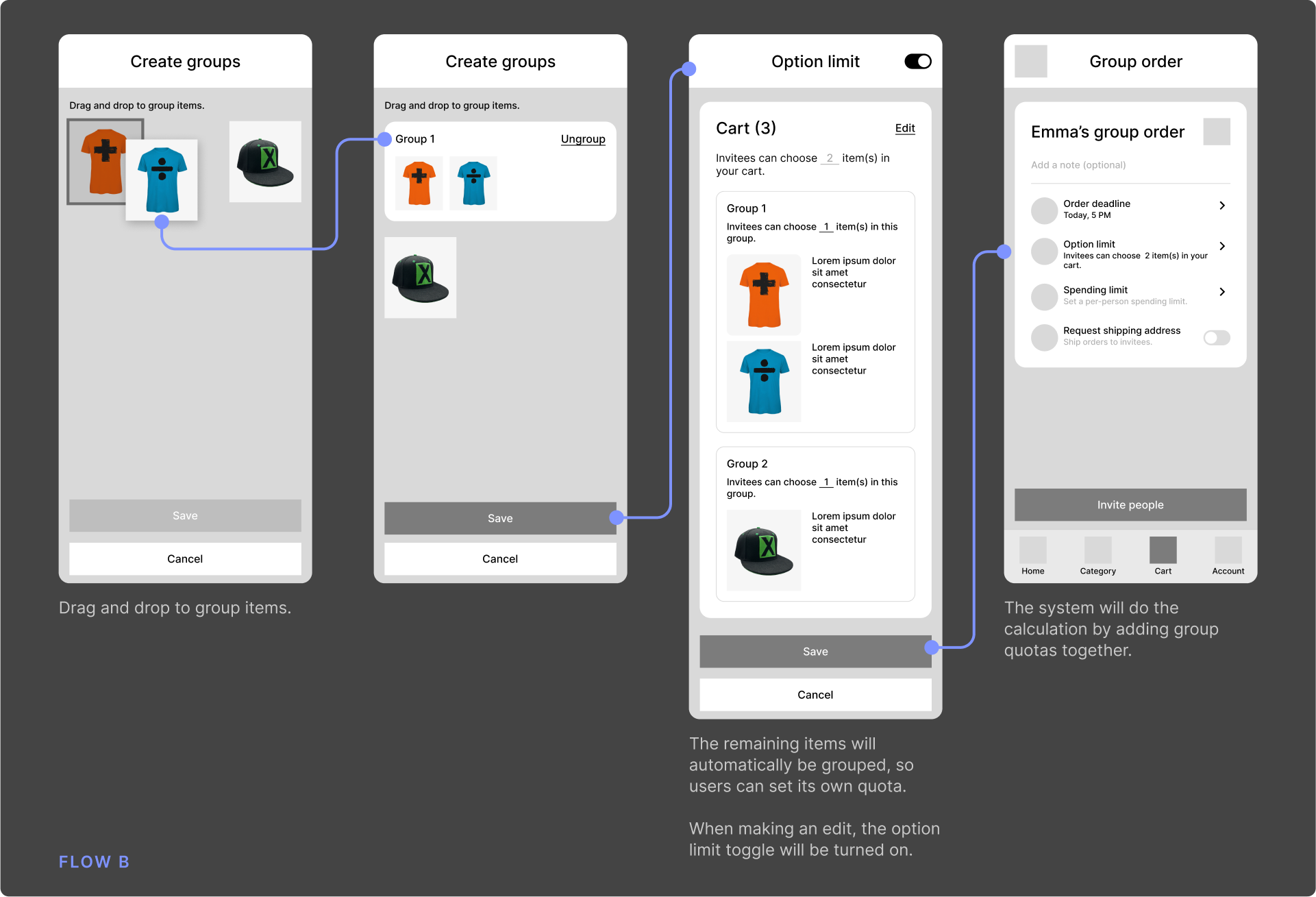
/ Usability Testing
To validate whether the design met user needs and was easy to use, I conducted usability testing with 5 people, aged 20 to 65 years old, who have placed group orders at least once in the last three months.
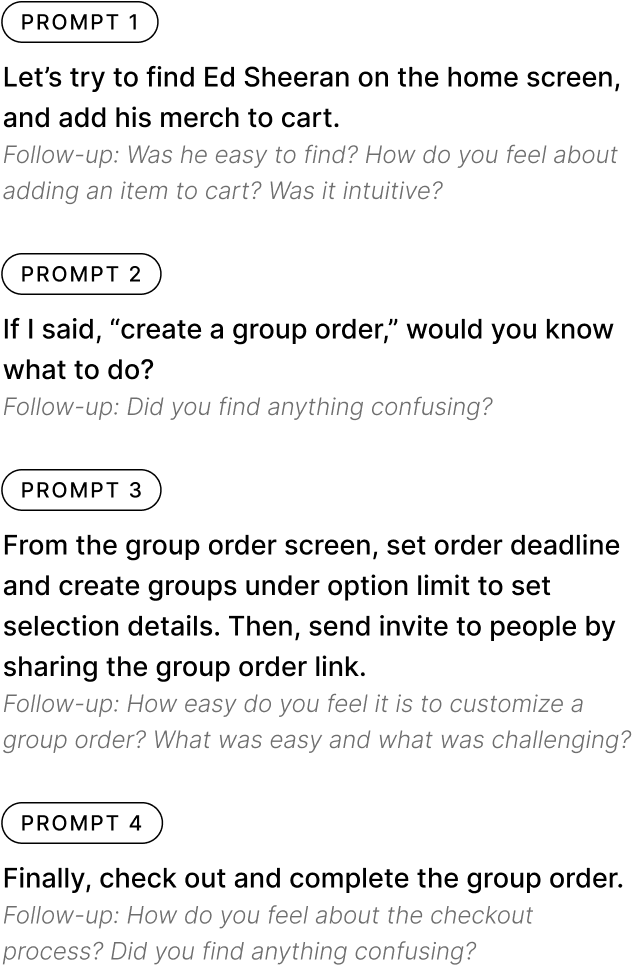
Key Findings
Users were confused about the difference between Option Limit and Spending Limit. Do they need to set both?
Users were confused about Create Groups under Option Limit. They weren’t sure what it was for.
The overall process feels overwhelming with too many settings.
Actionable Insights
“Option Limit” and “Spending Limit” shouldn’t coexist on a screen, as this may confuse users. Rethink how to better communicate the idea of “Create Groups” to users, and find a way to simplify the group order process.
BEFORE
AFTER
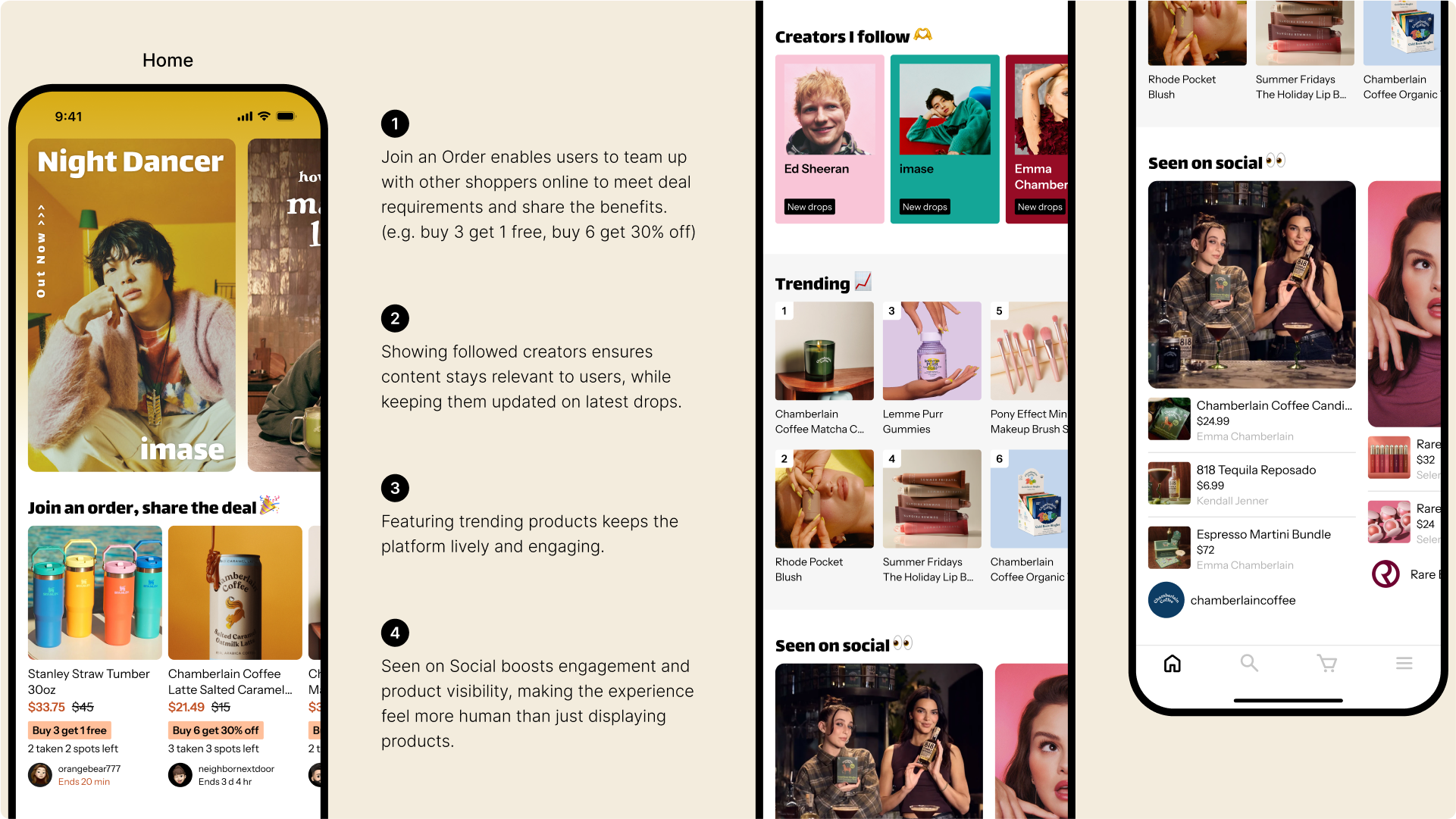
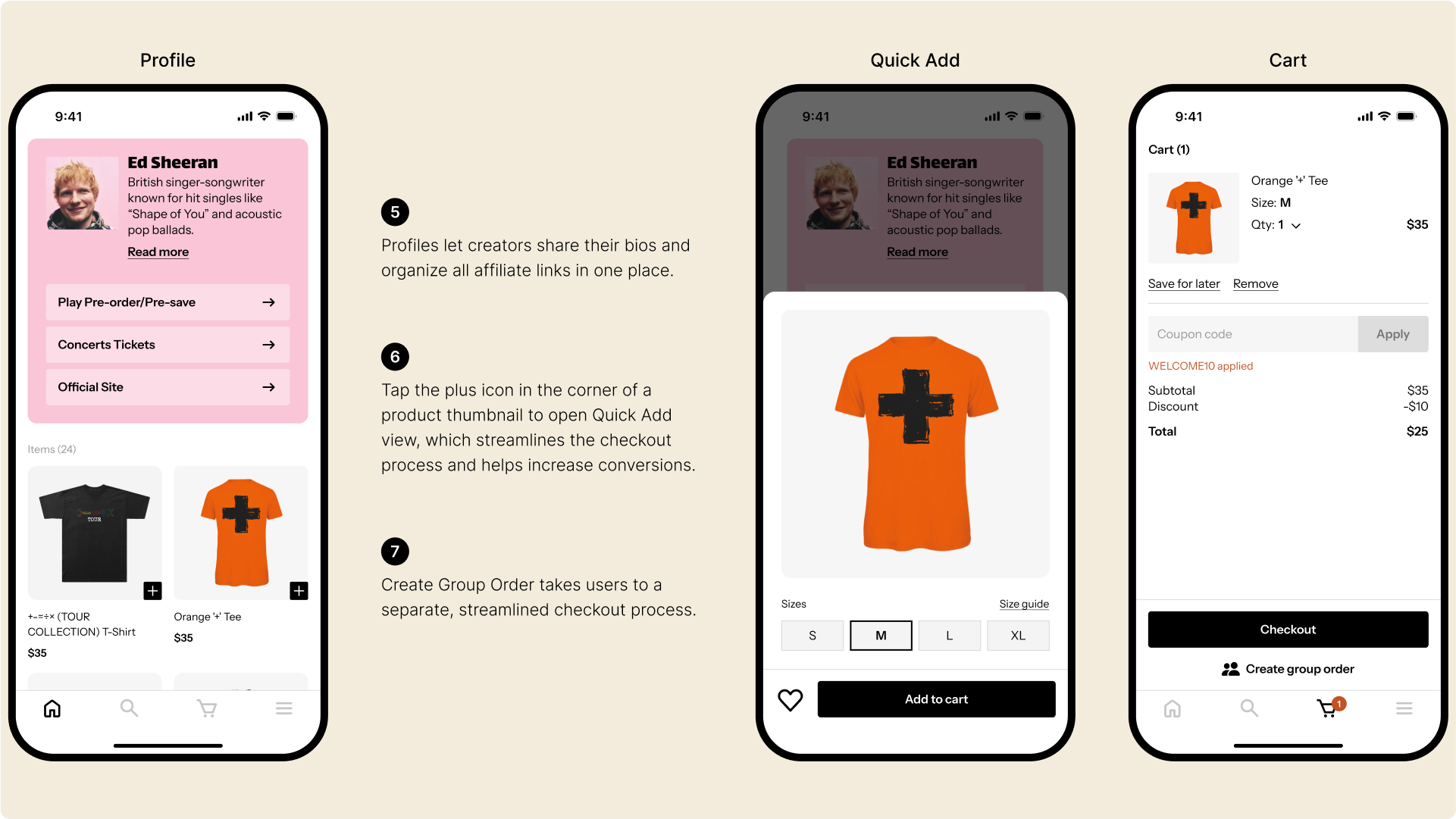
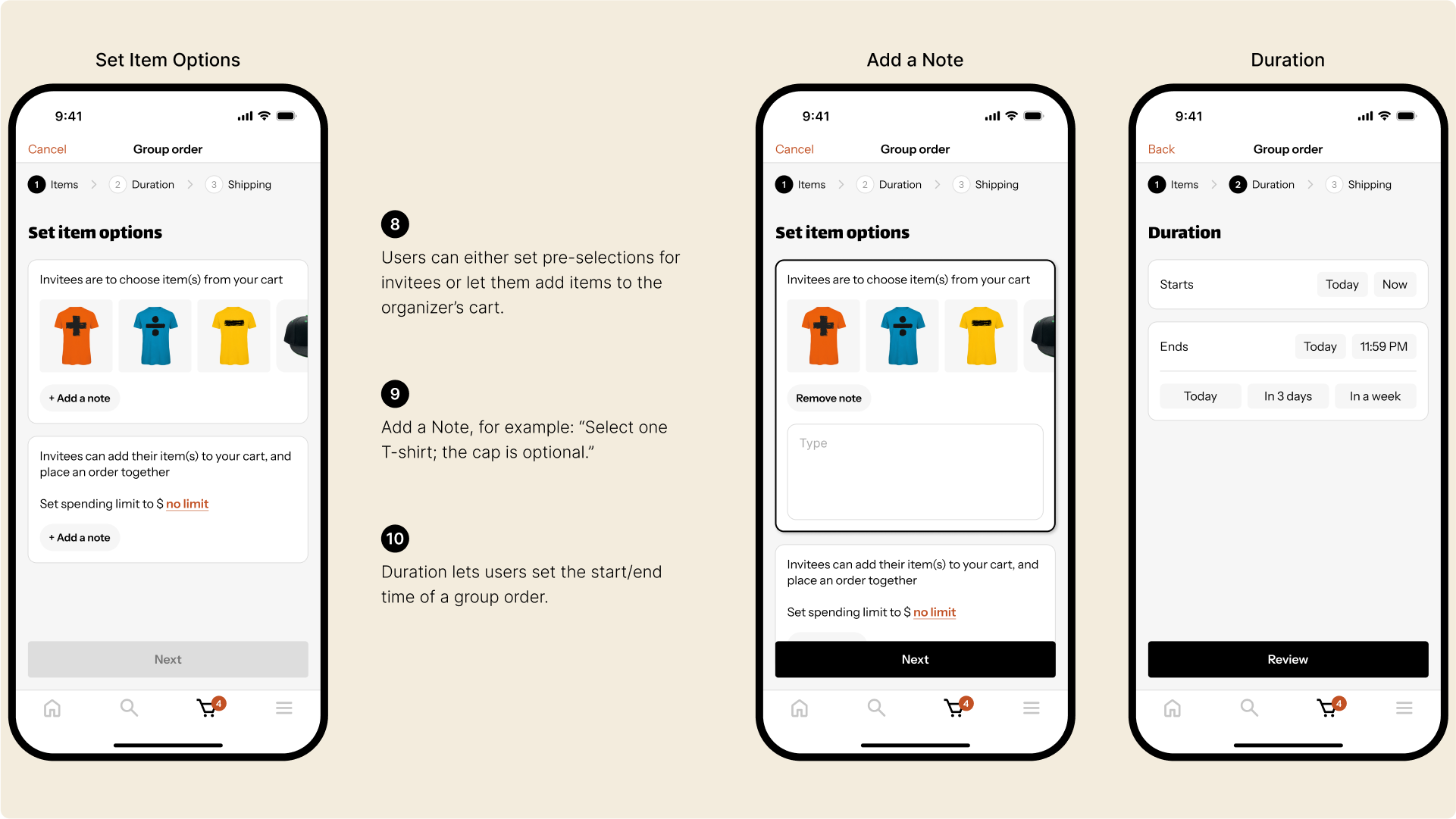
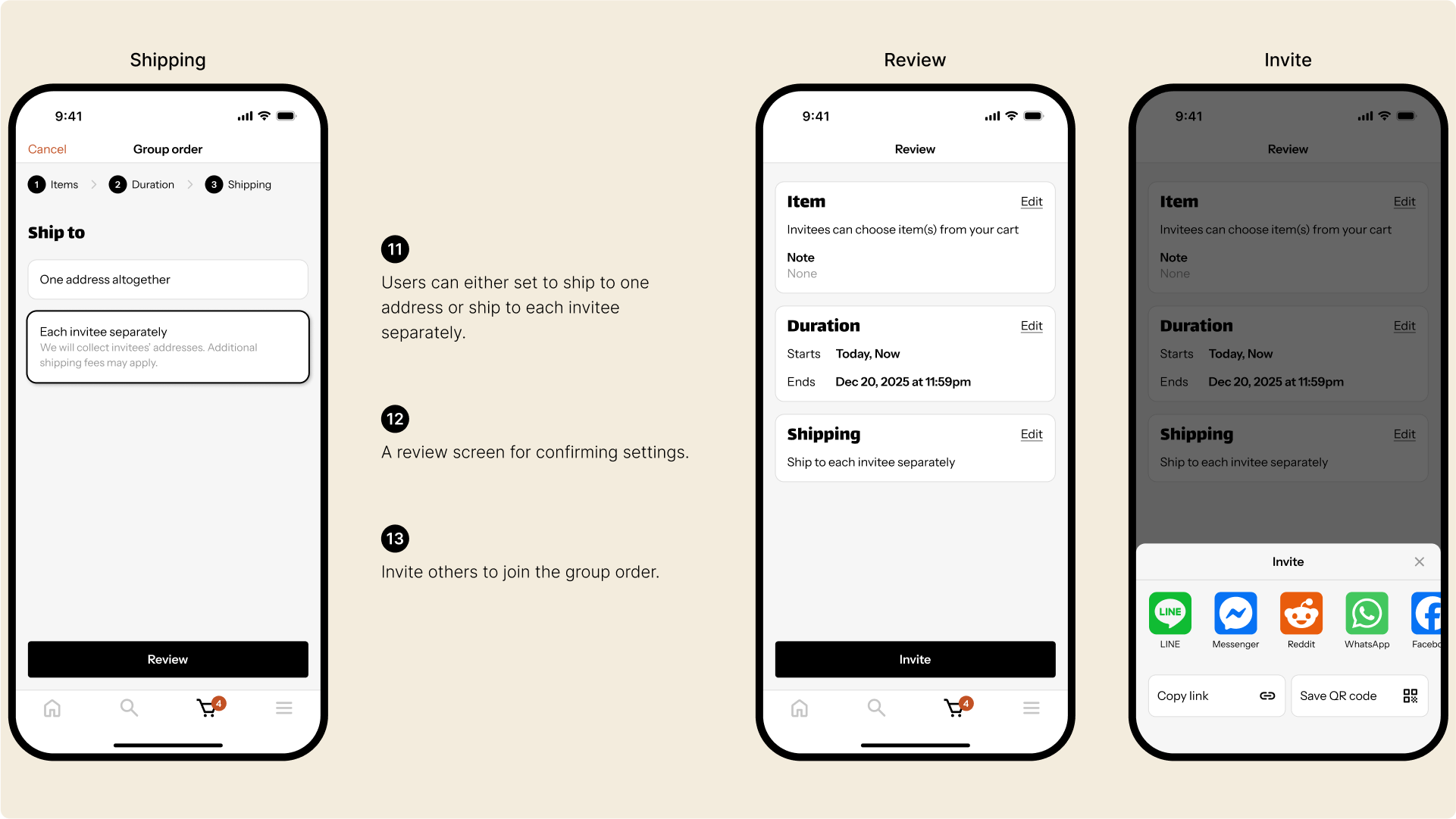
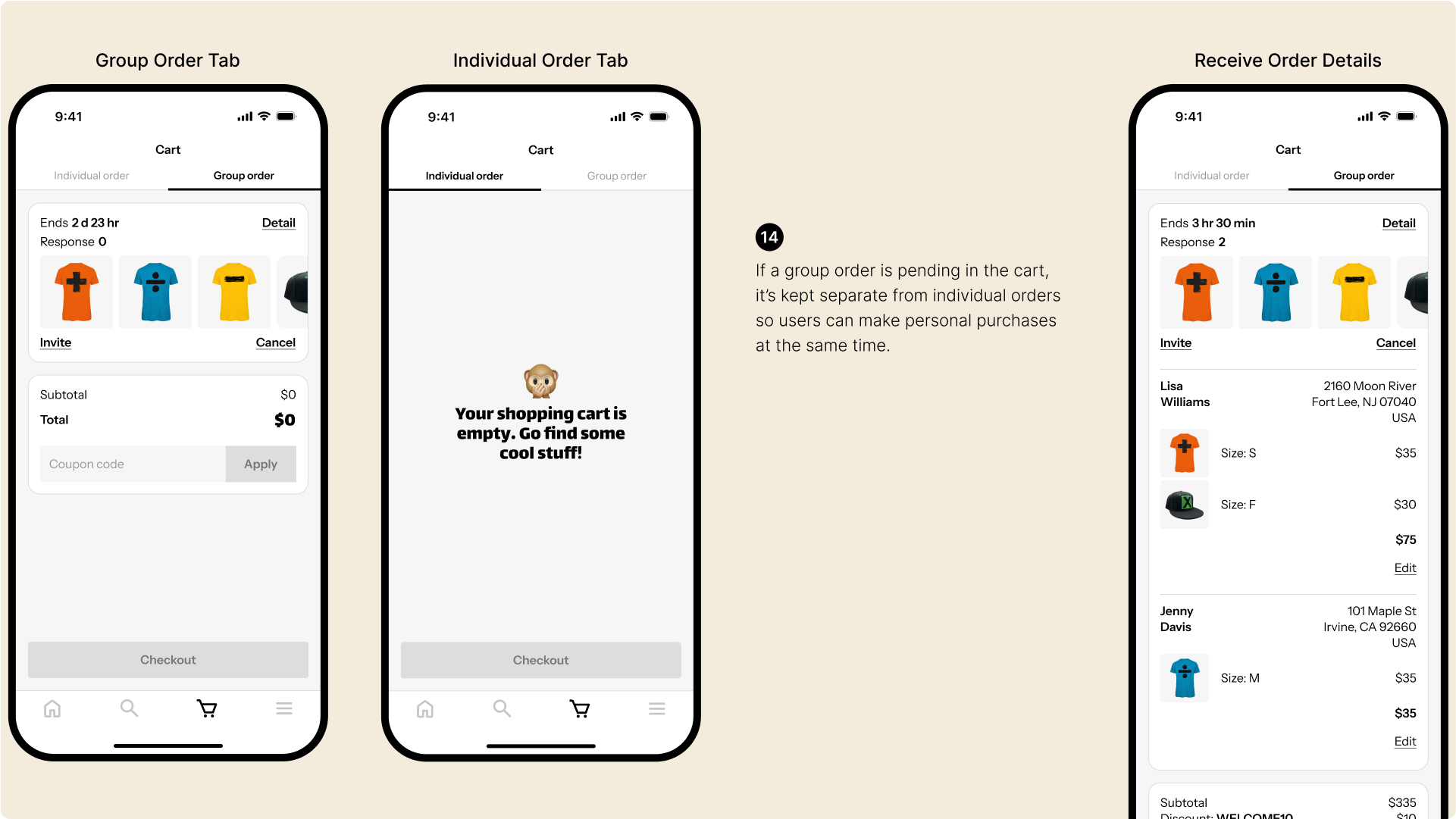
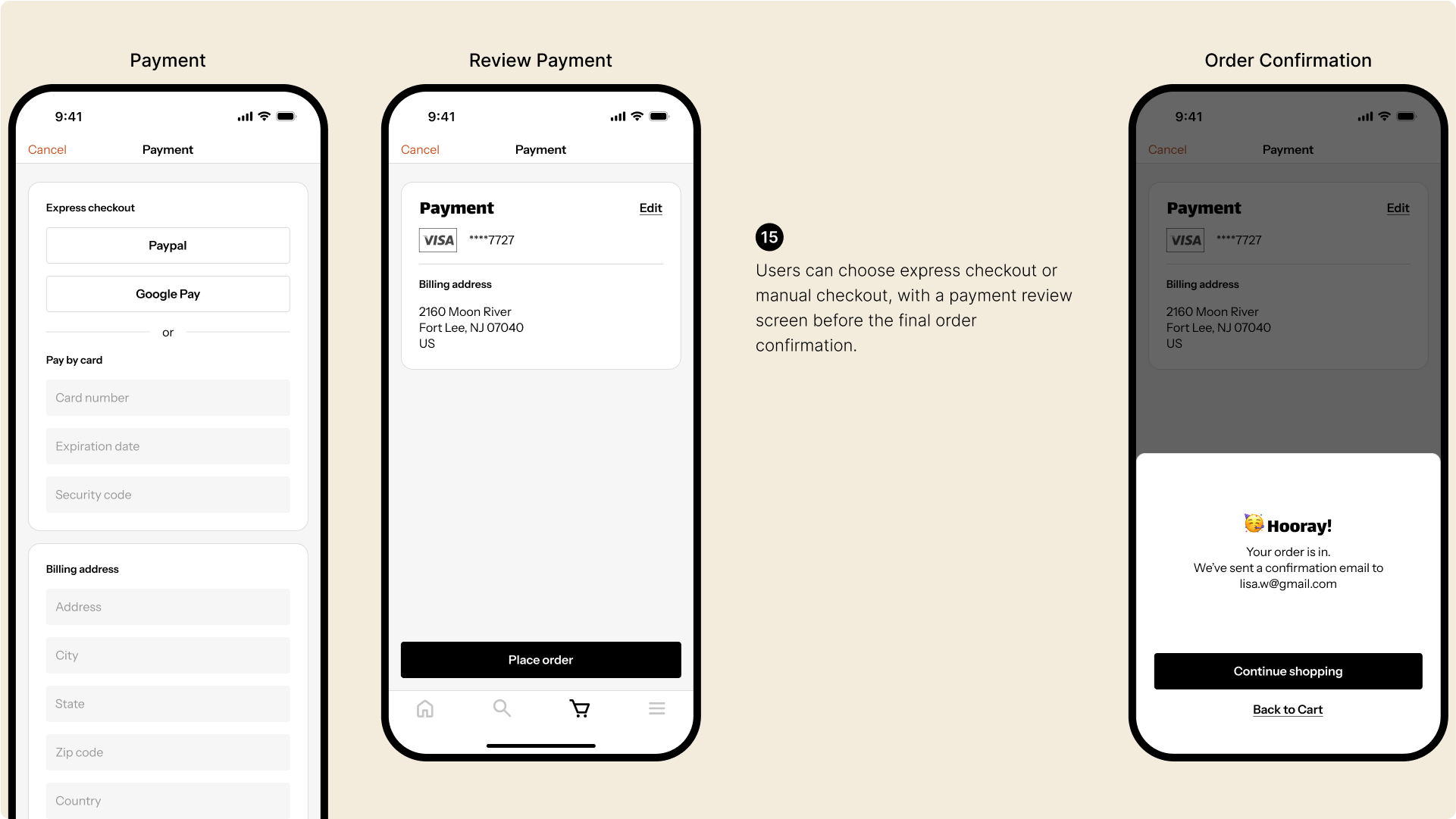
/ Conclusion
I wanted to take the Google UX Design course to learn how leading tech companies adopt UX methodologies in their processes, while also consolidating my skills and reflecting on my practice.
My key takeaway from this project is that I thought thinking through all possible user scenarios and offering detailed settings would help users better organize group orders, but I overlooked the importance of prioritizing the most common use cases to simplify the design.
For example, I created the ‘Create Groups’ function to help users organize their items and guide invitees on selection quotas. However, these extra settings ended up overwhelming users.
In practice, pre-selections in a group order are usually limited (you rarely see 50 or 100 items to choose from), so a simple ‘Add a Note’ feature proved sufficient and more user-friendly, allowing users to leave basic instructions for invitees without being constrained by system rules.
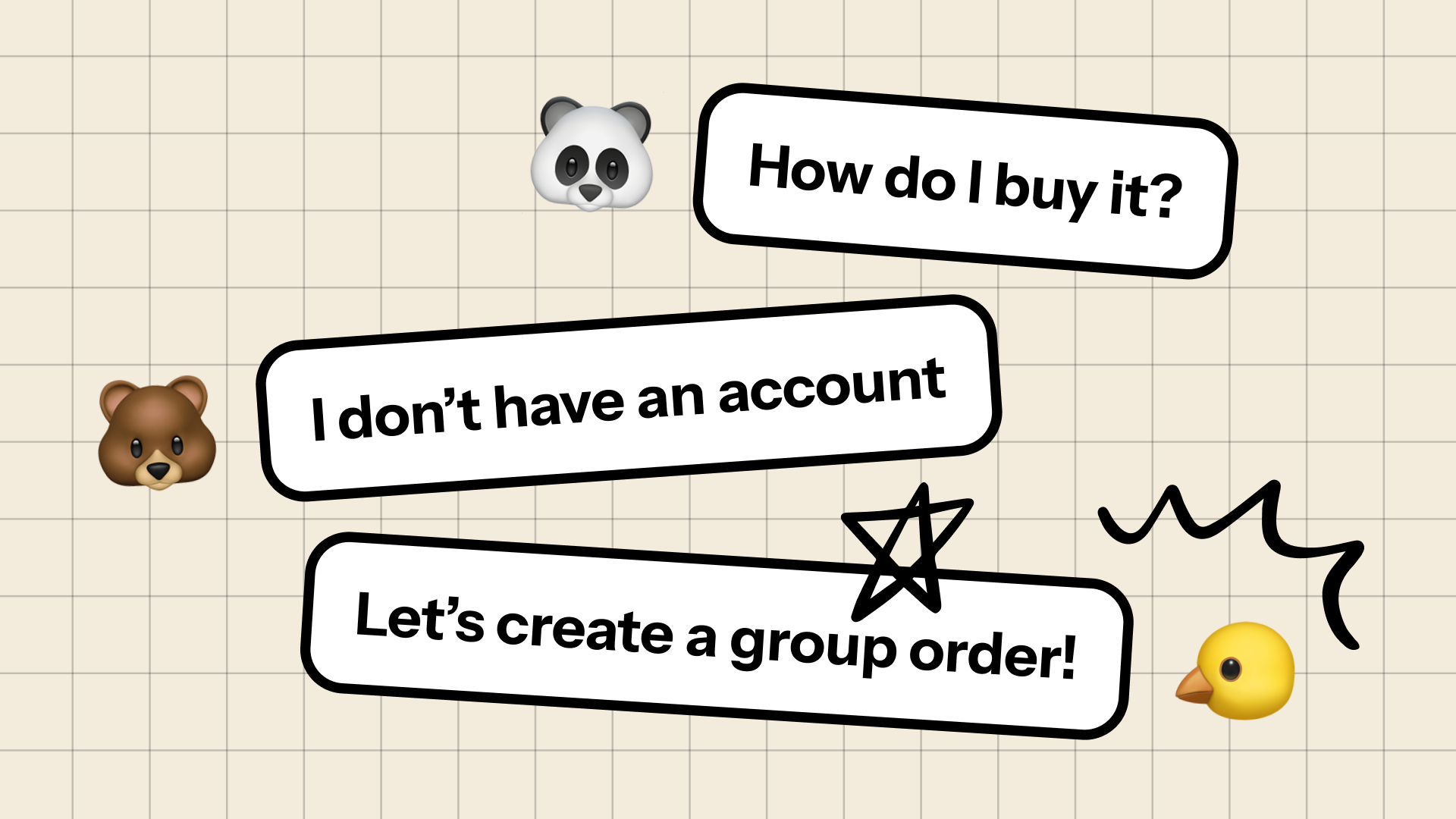
Collaborative Checkout for Social CommerceProduct Design
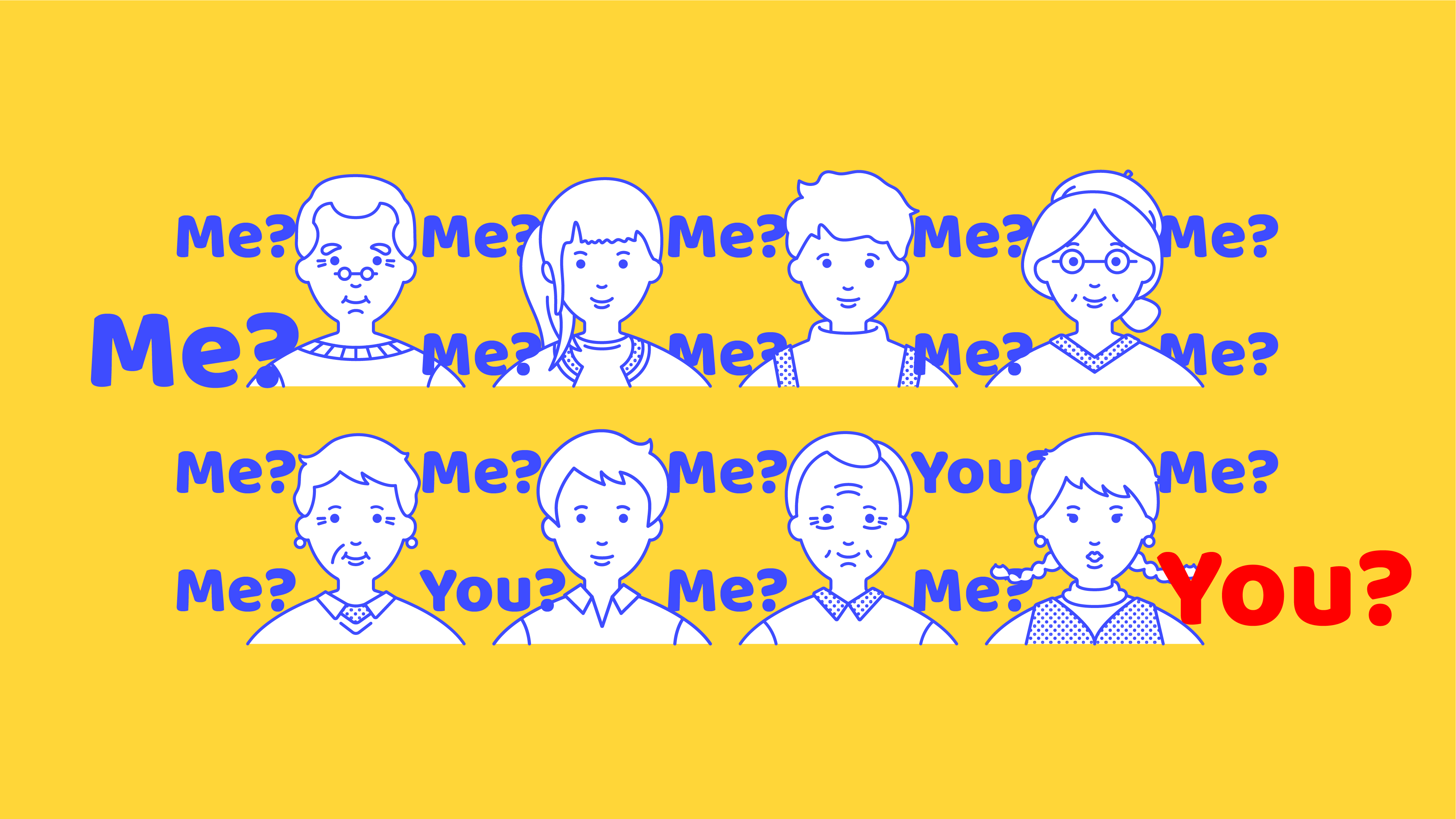
Insta BPMotion Graphics
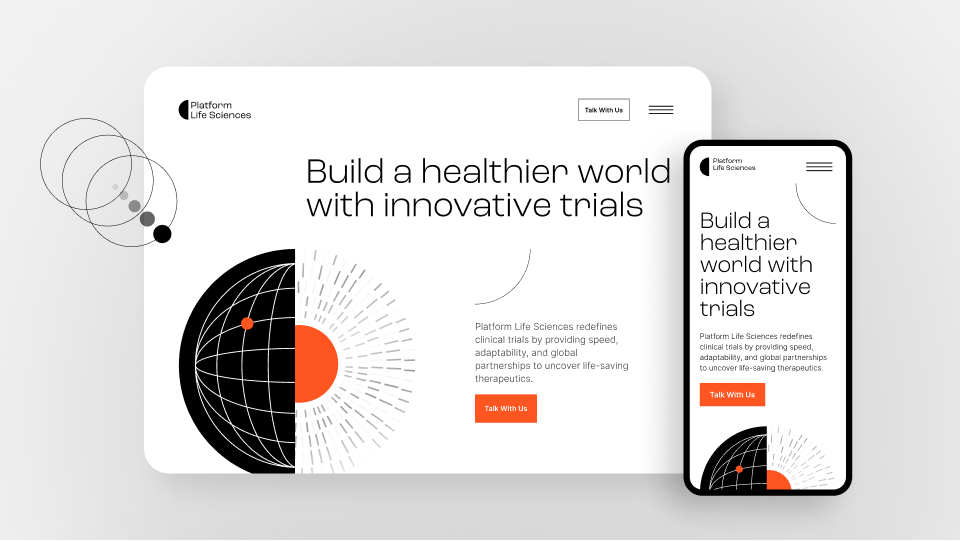
Platform Life SciencesWebsite Design
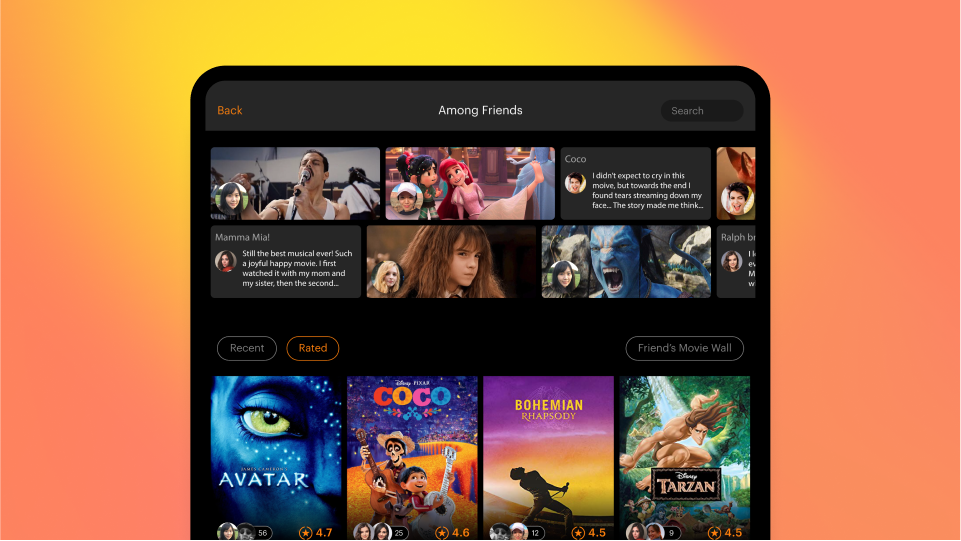
Content Discovery for Prime VideoProduct Design
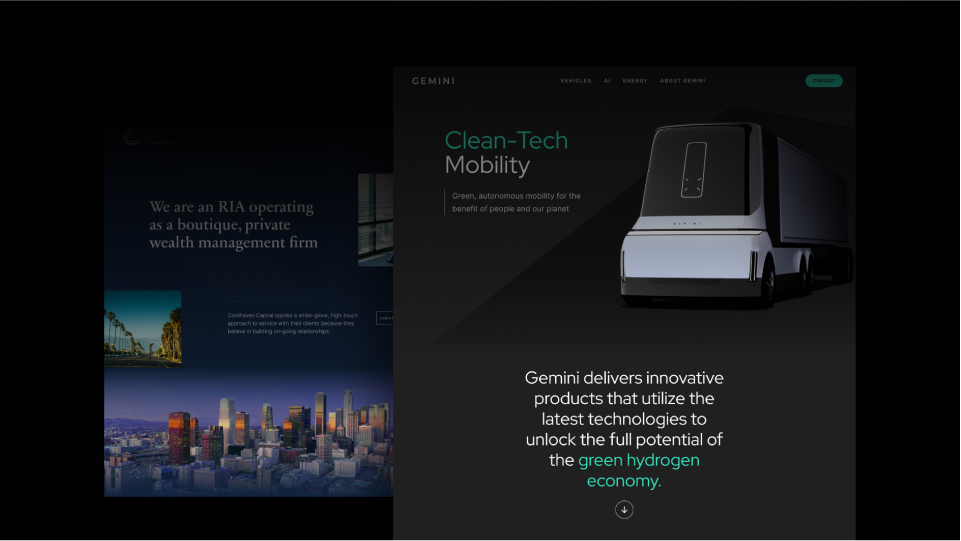
UI Art DirectionWebsite Design
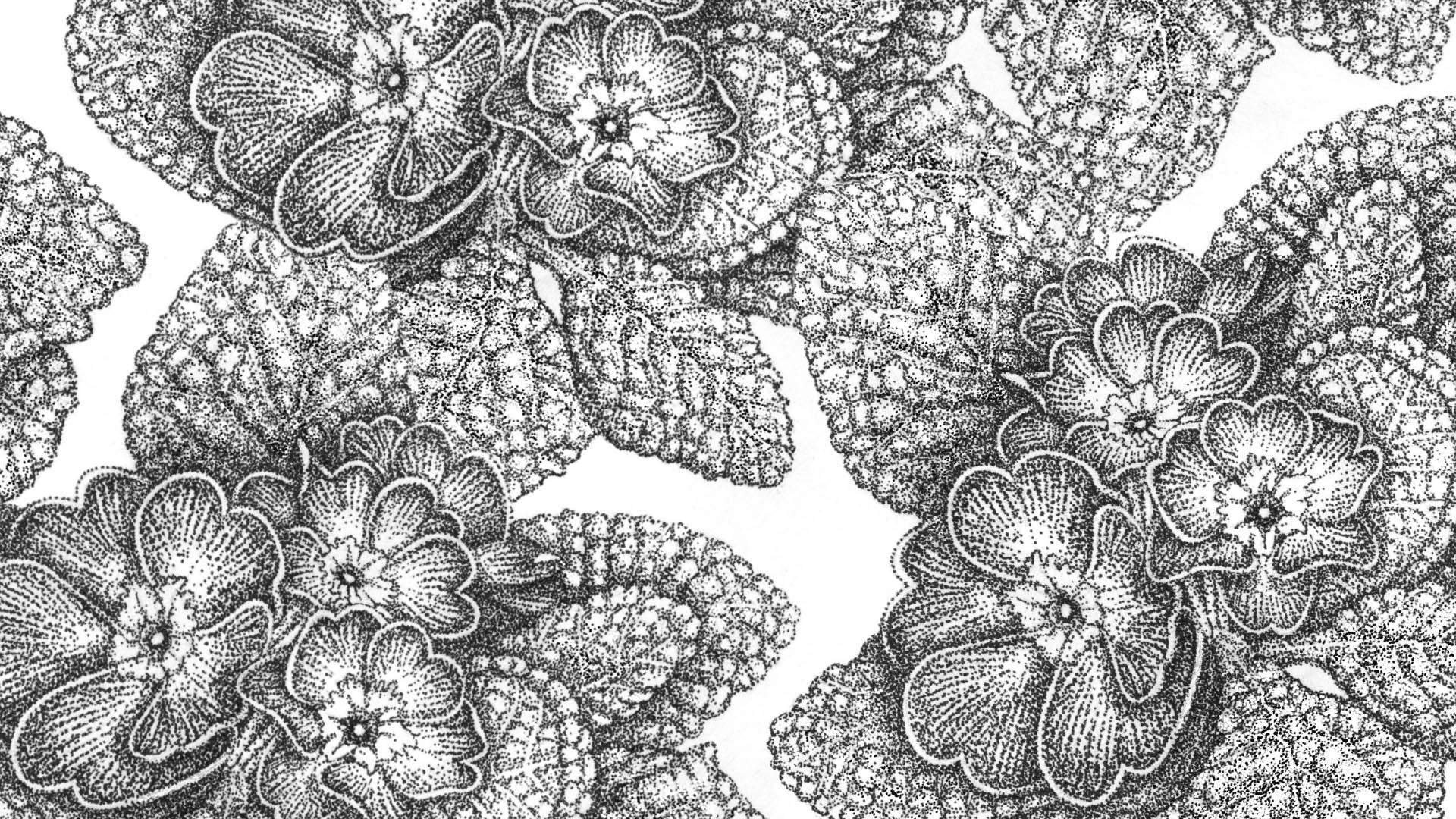
Art CollectionIllustration
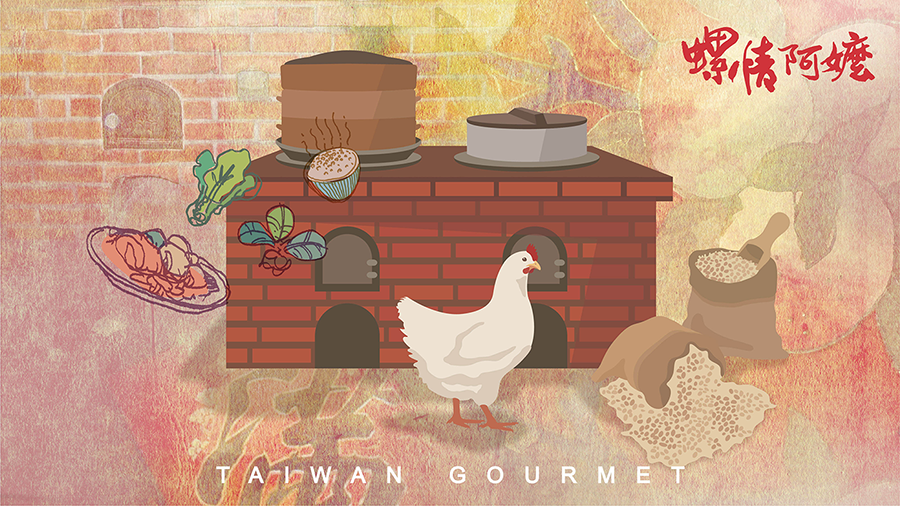
Sailei GourmetBrand Design
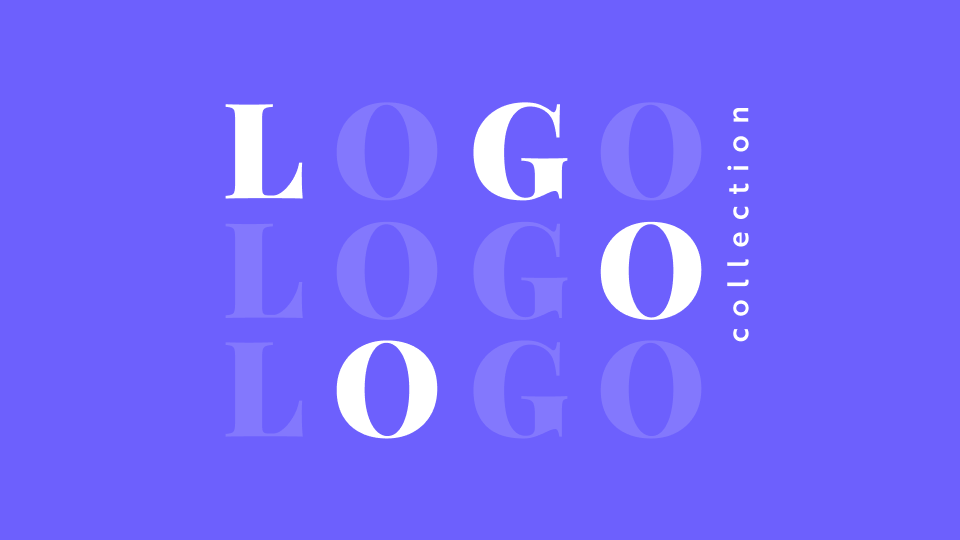
Logo CollectionBrand Design
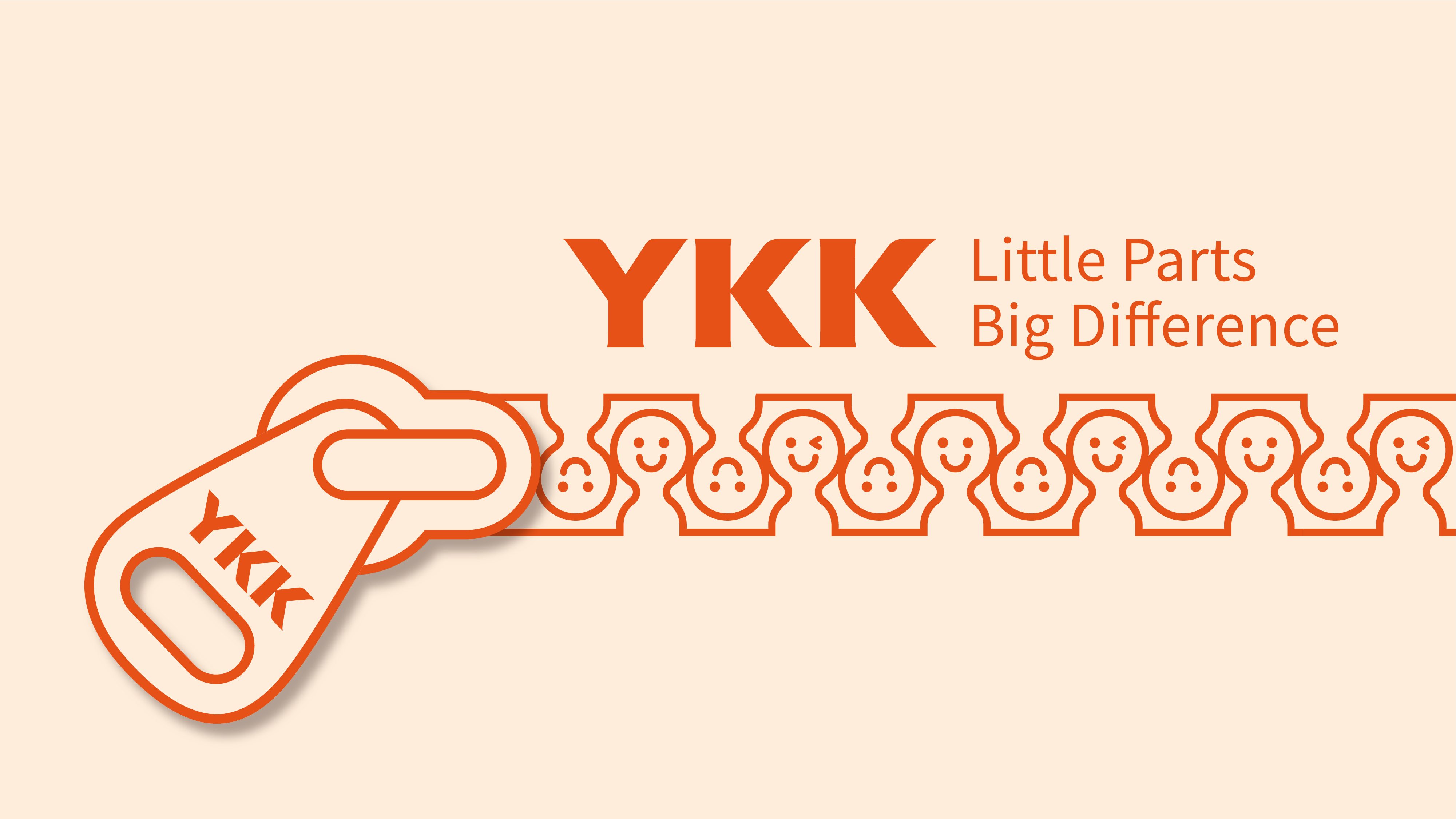
YKKBrand Design

Remy & SamiMotion Graphics
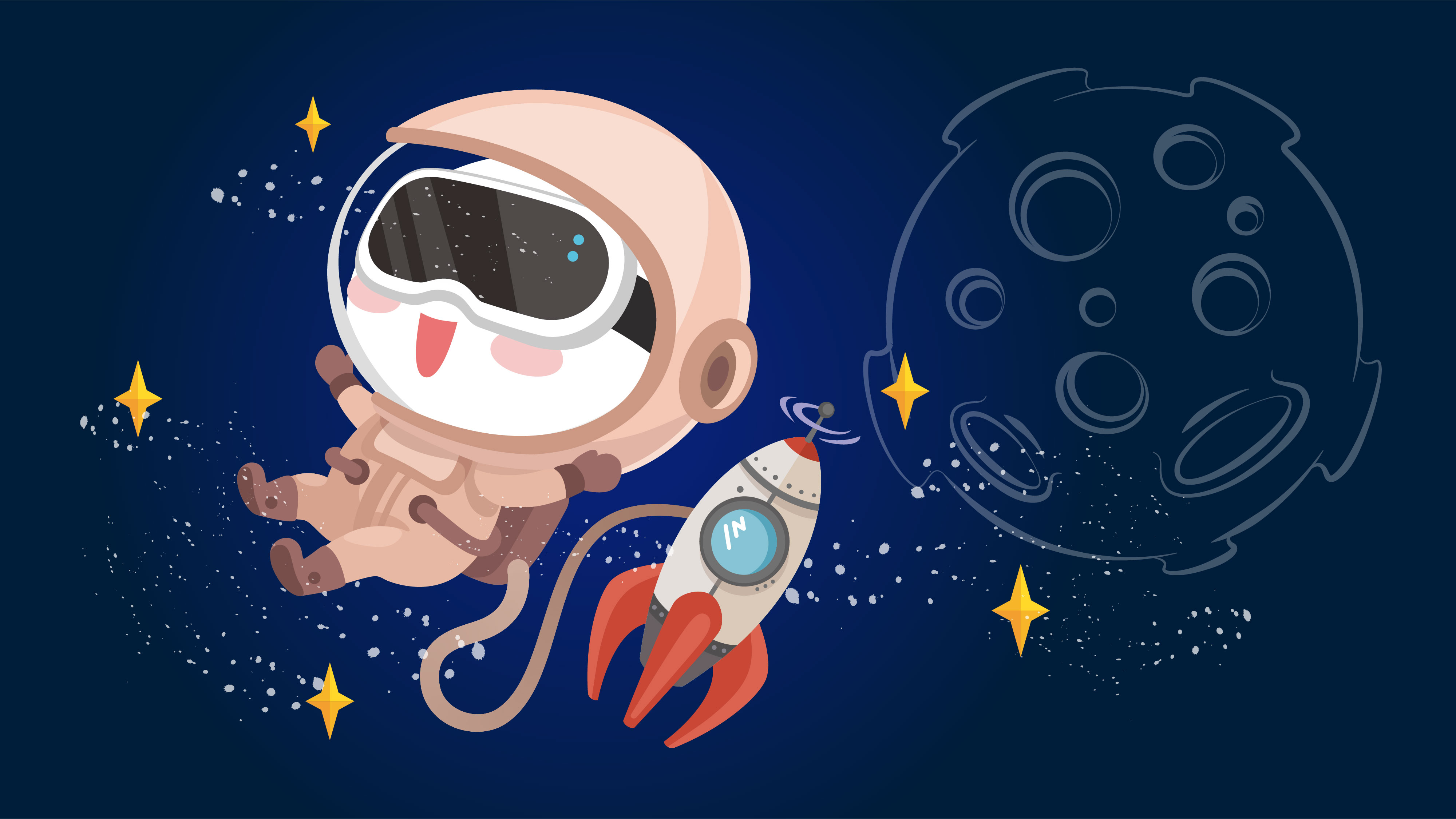
Mascot: VeeCharacter Design
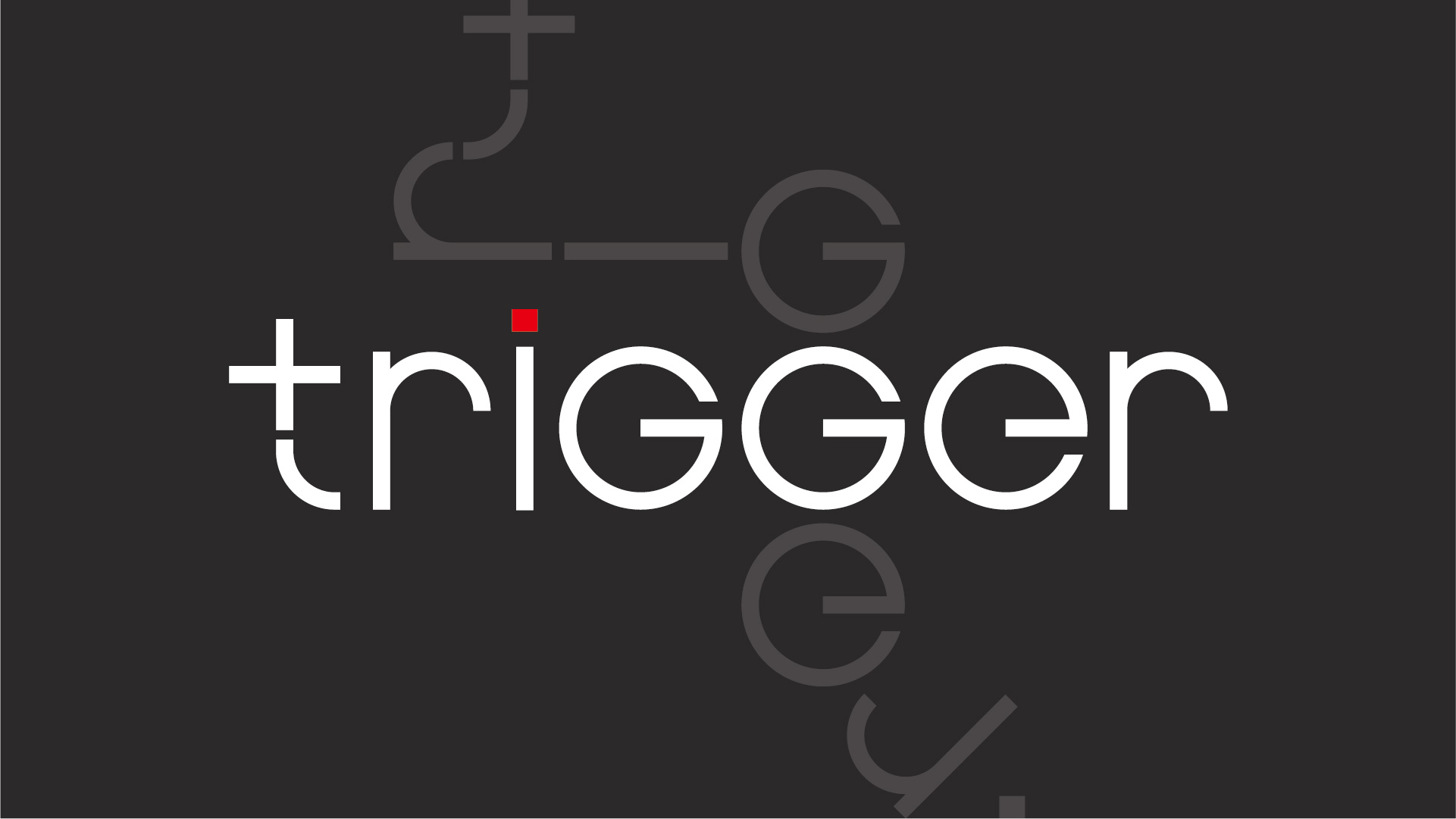
TriggerMotion Graphics
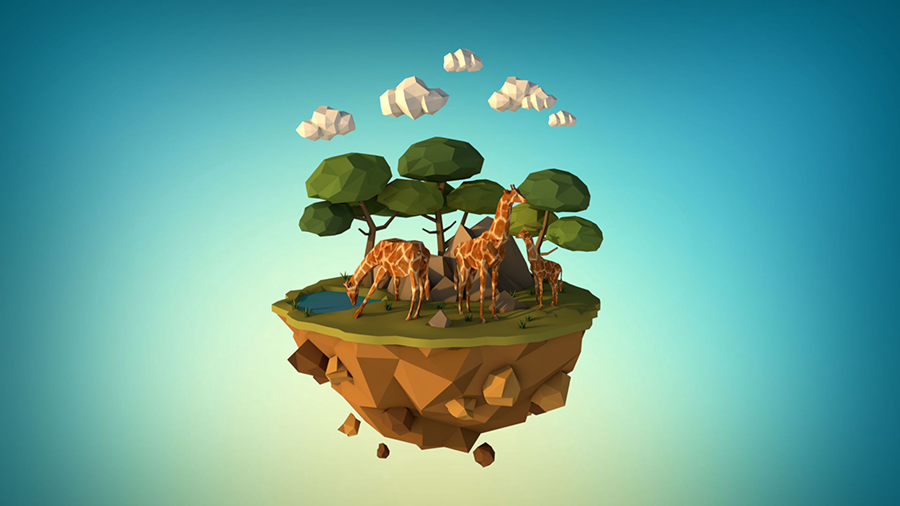
3D Collection3D Modeling
Thanks for visiting. Let's get connected!
Thanks for visiting. Let's get connected!
Thanks for visiting. Let's get connected!
© Phyllis Chen - All Rights Reserved
© Phyllis Design - All Rights Reserved
© Phyllis Design - All Rights Reserved
© Phyllis Design - All Rights Reserved
